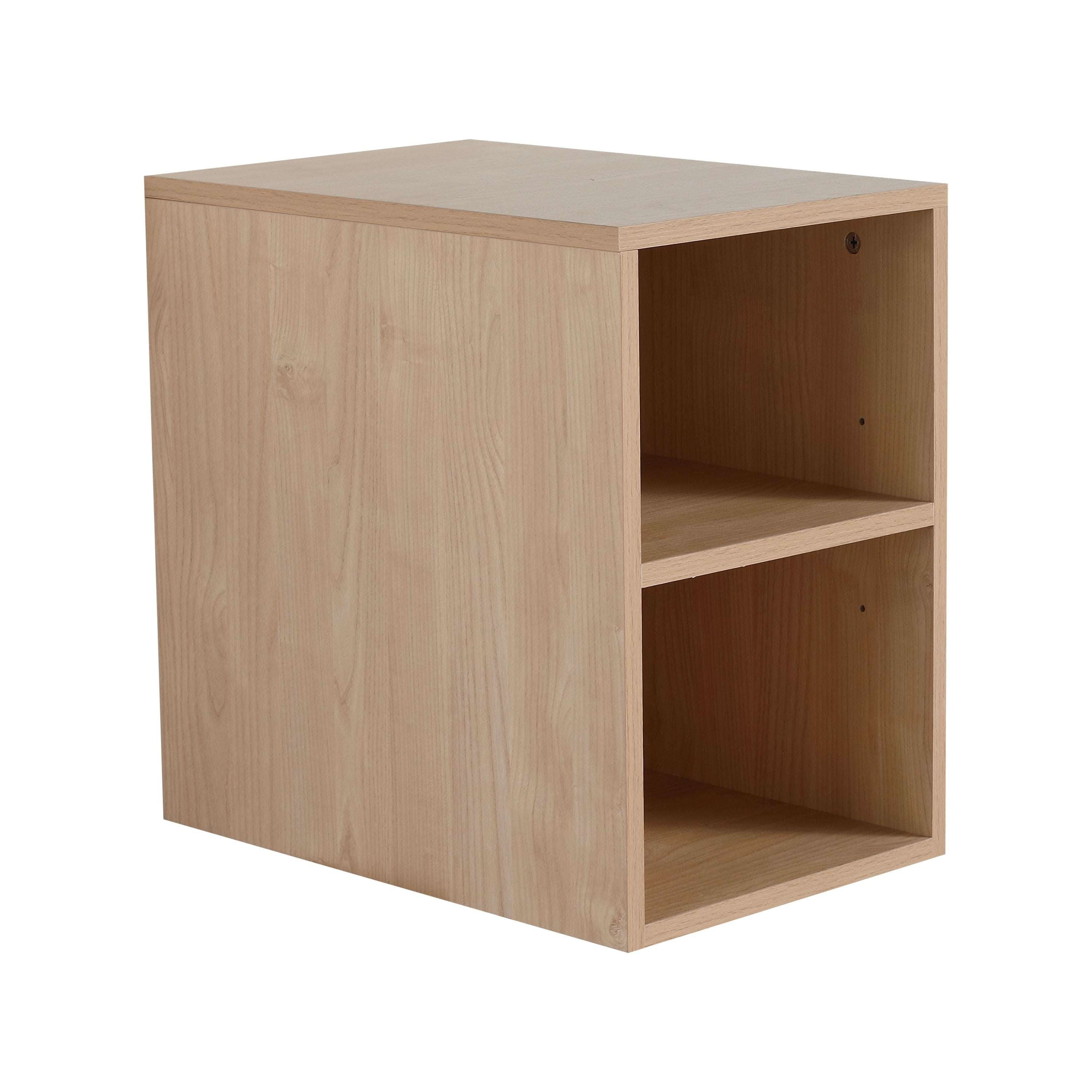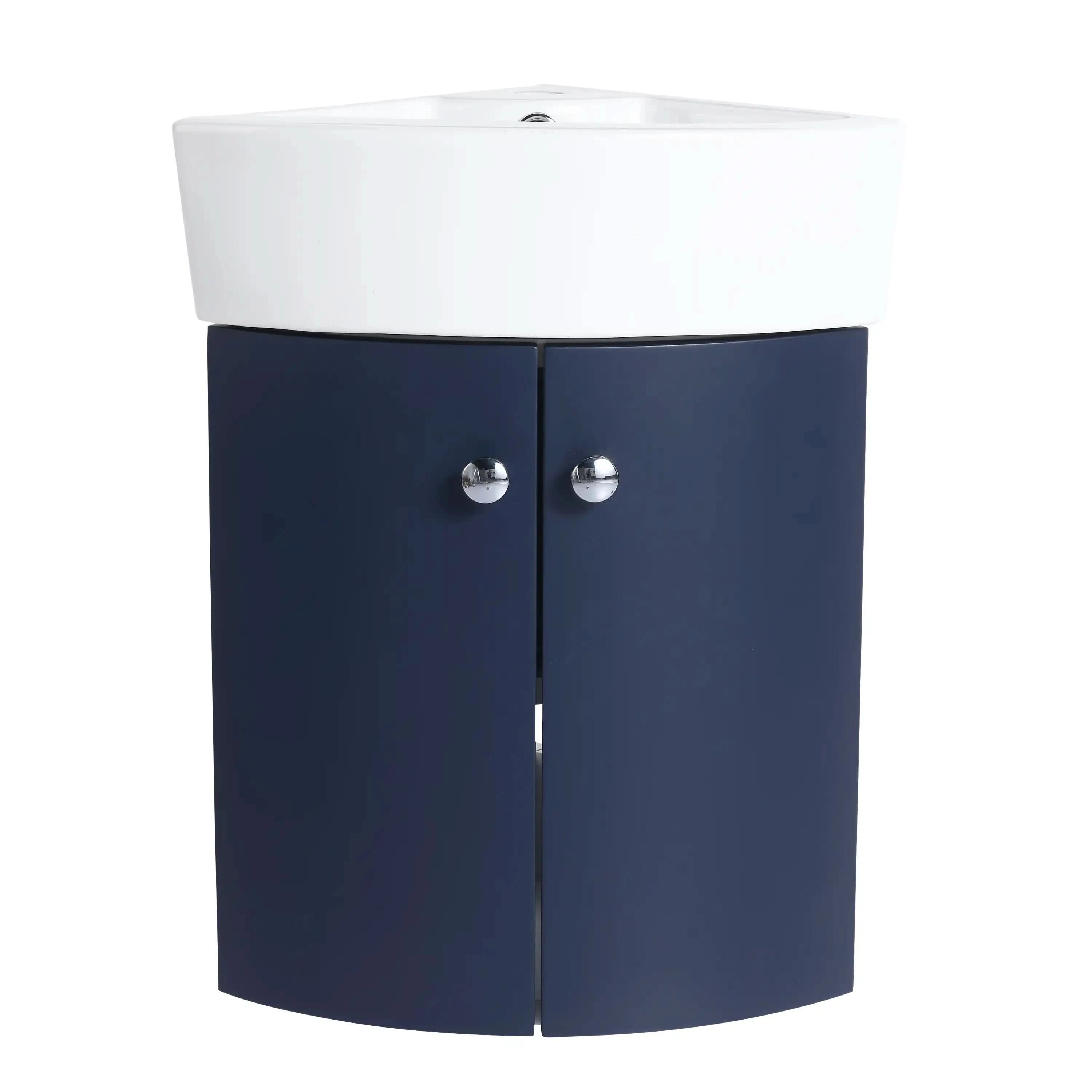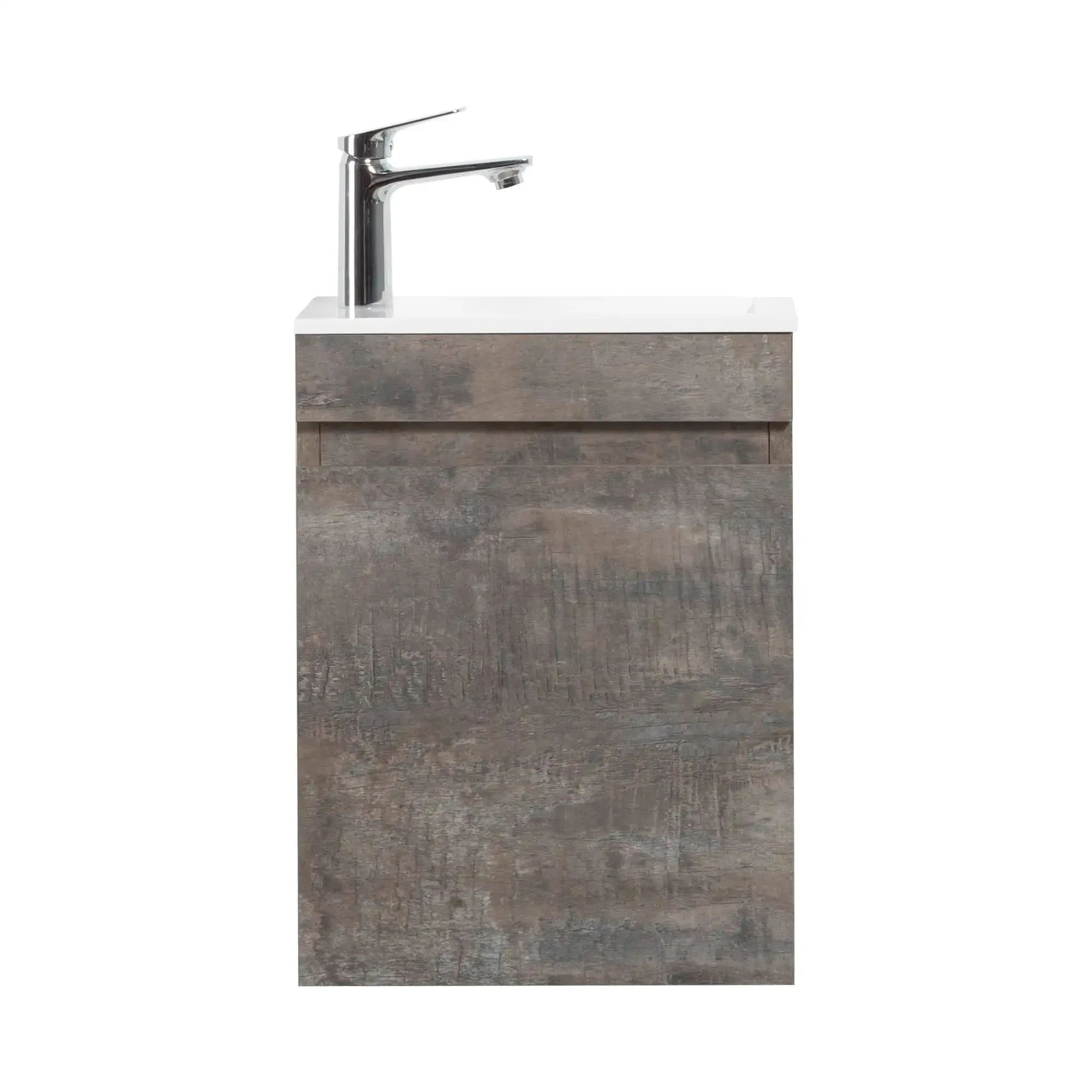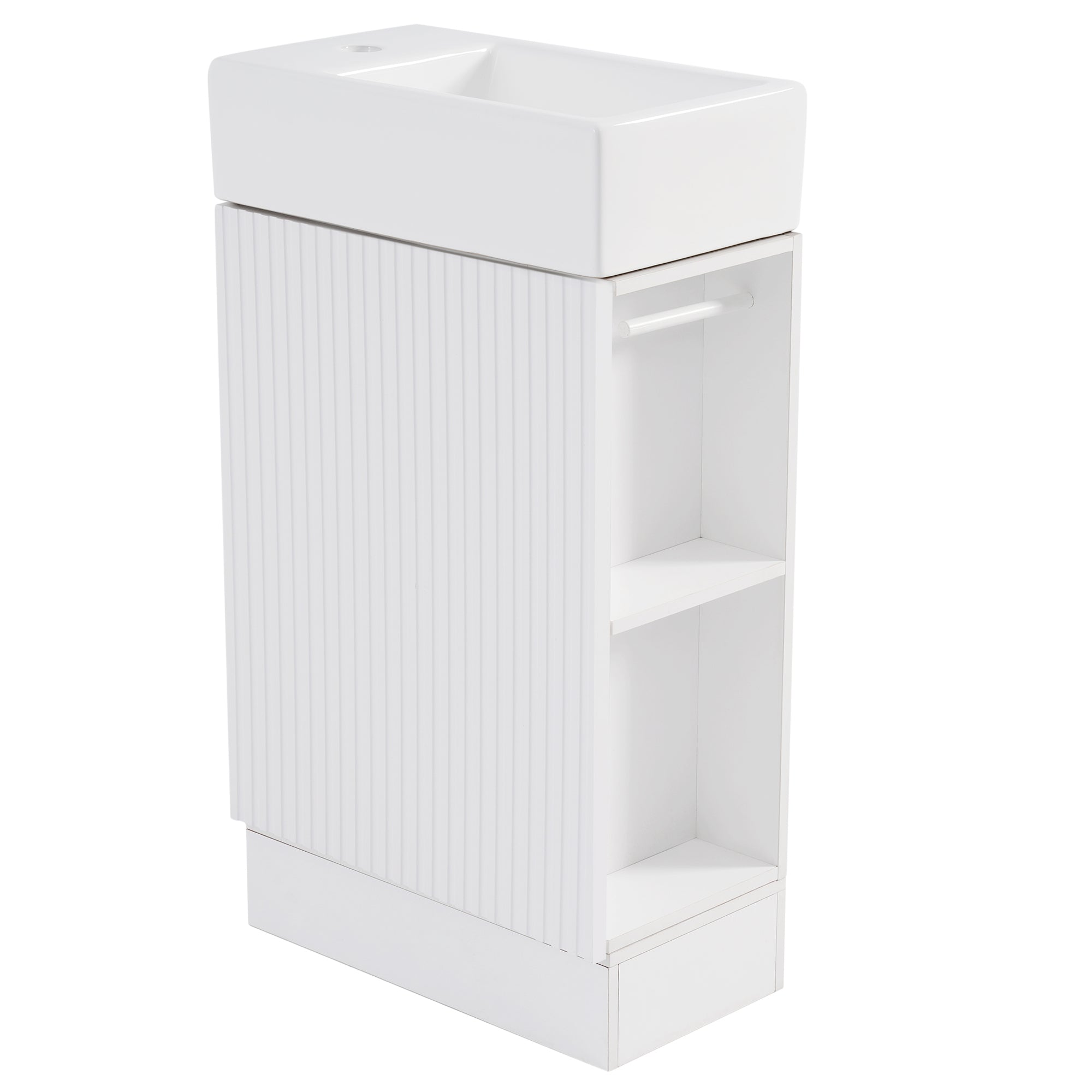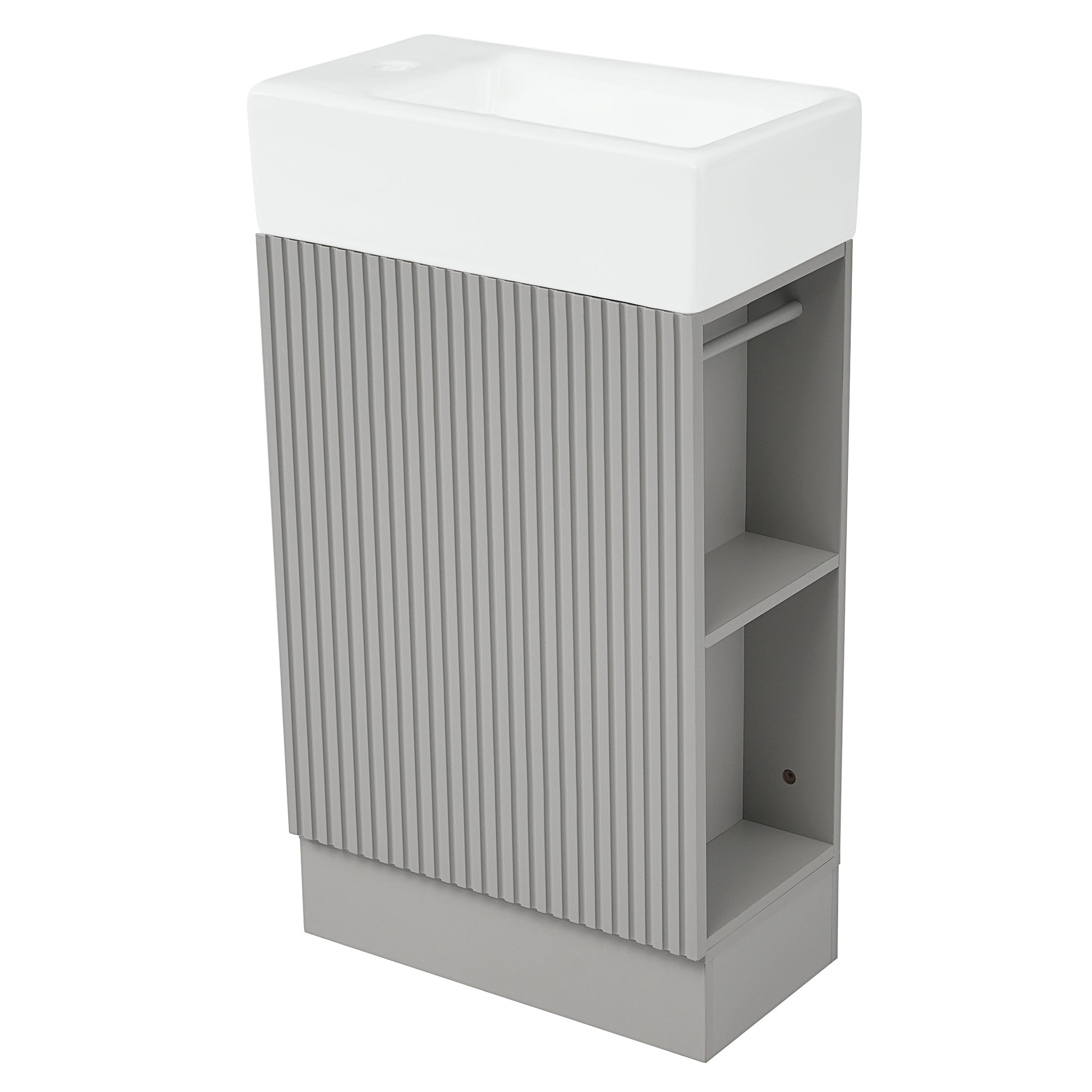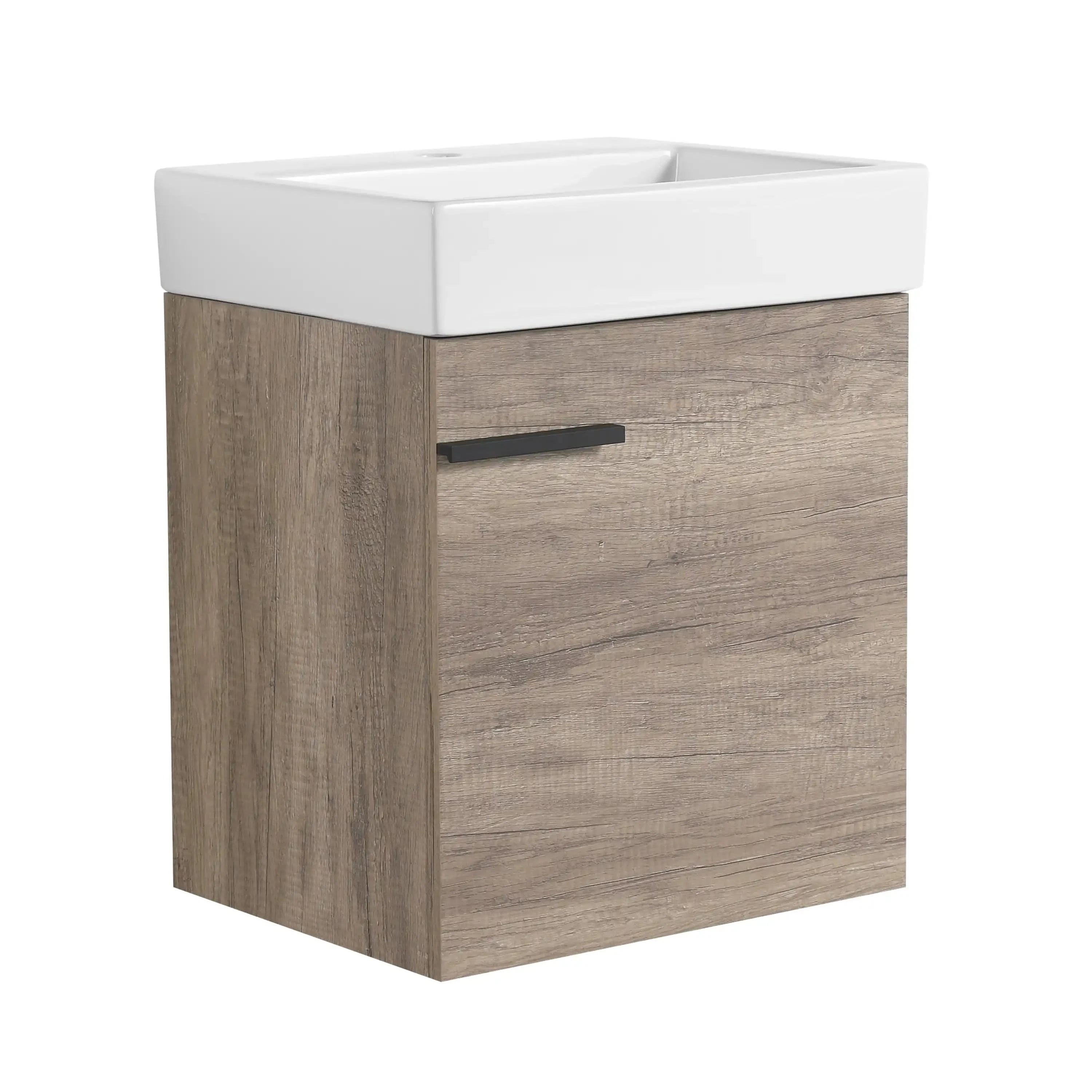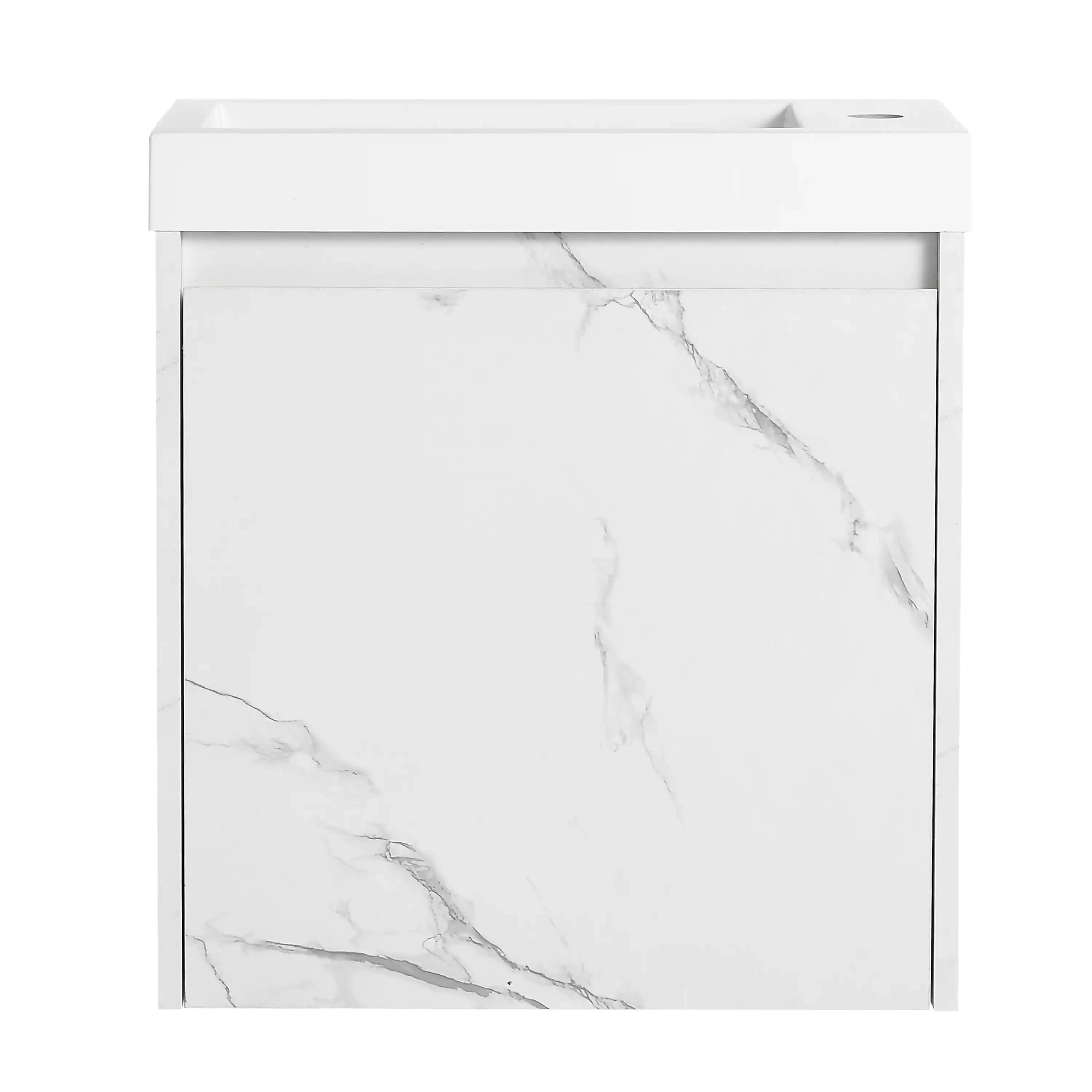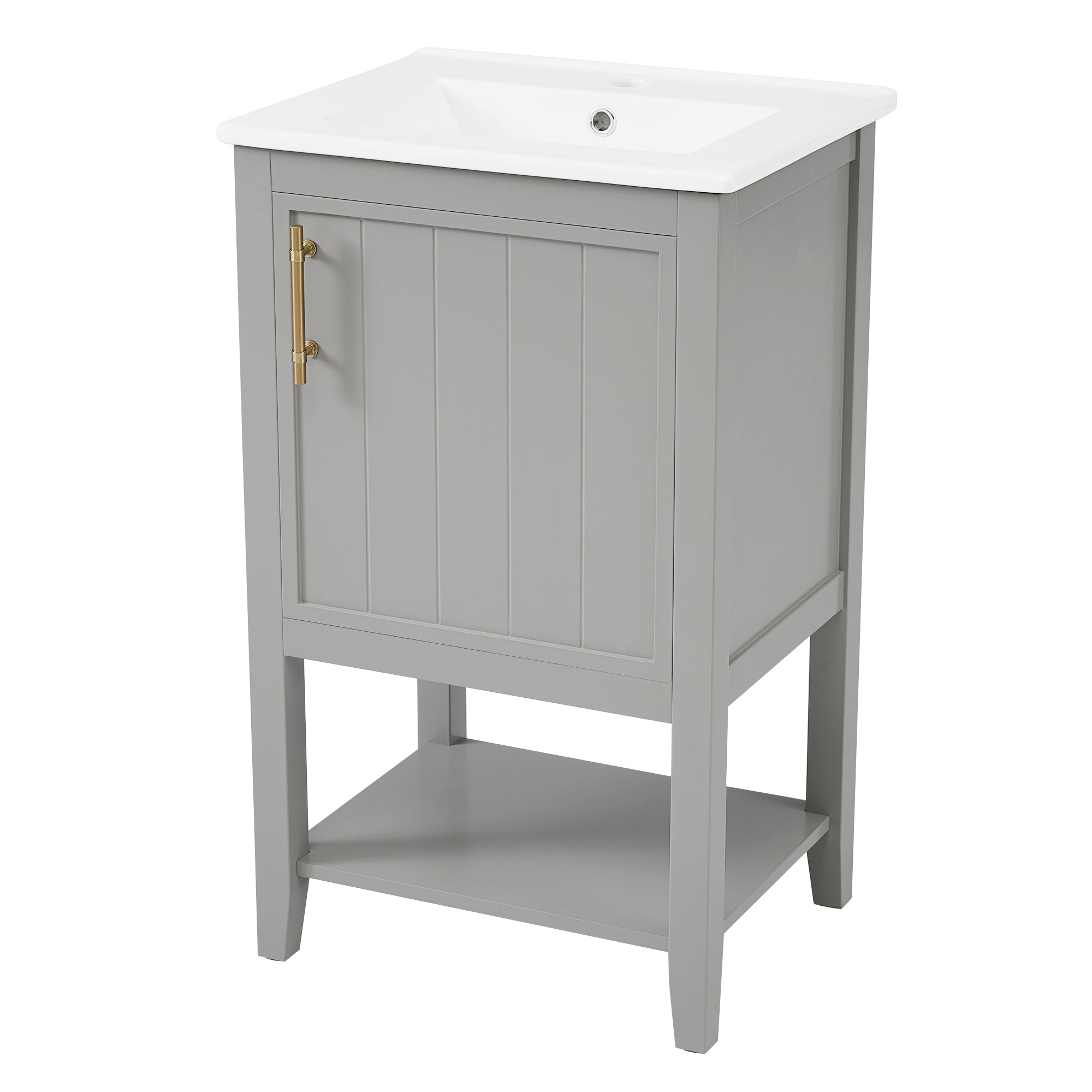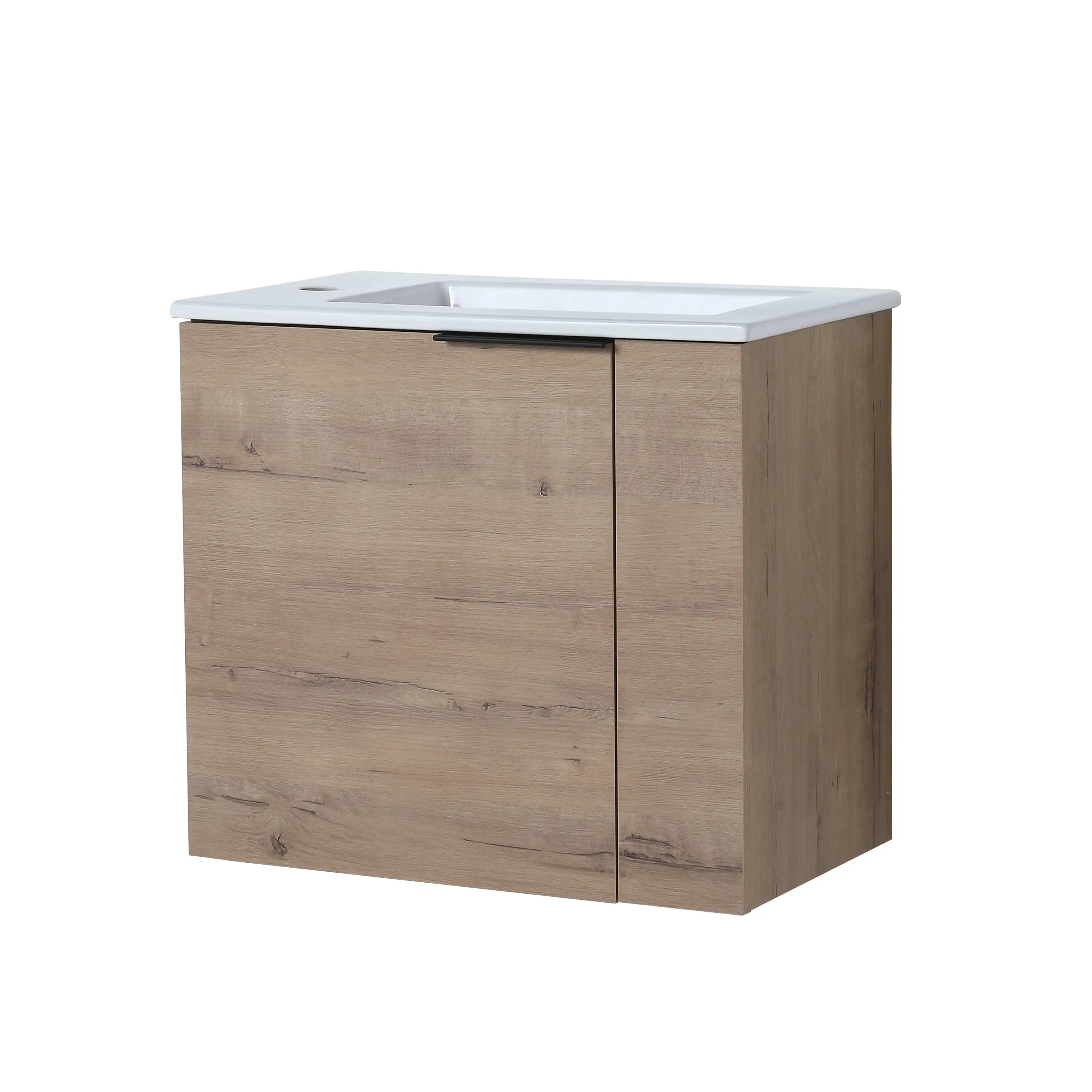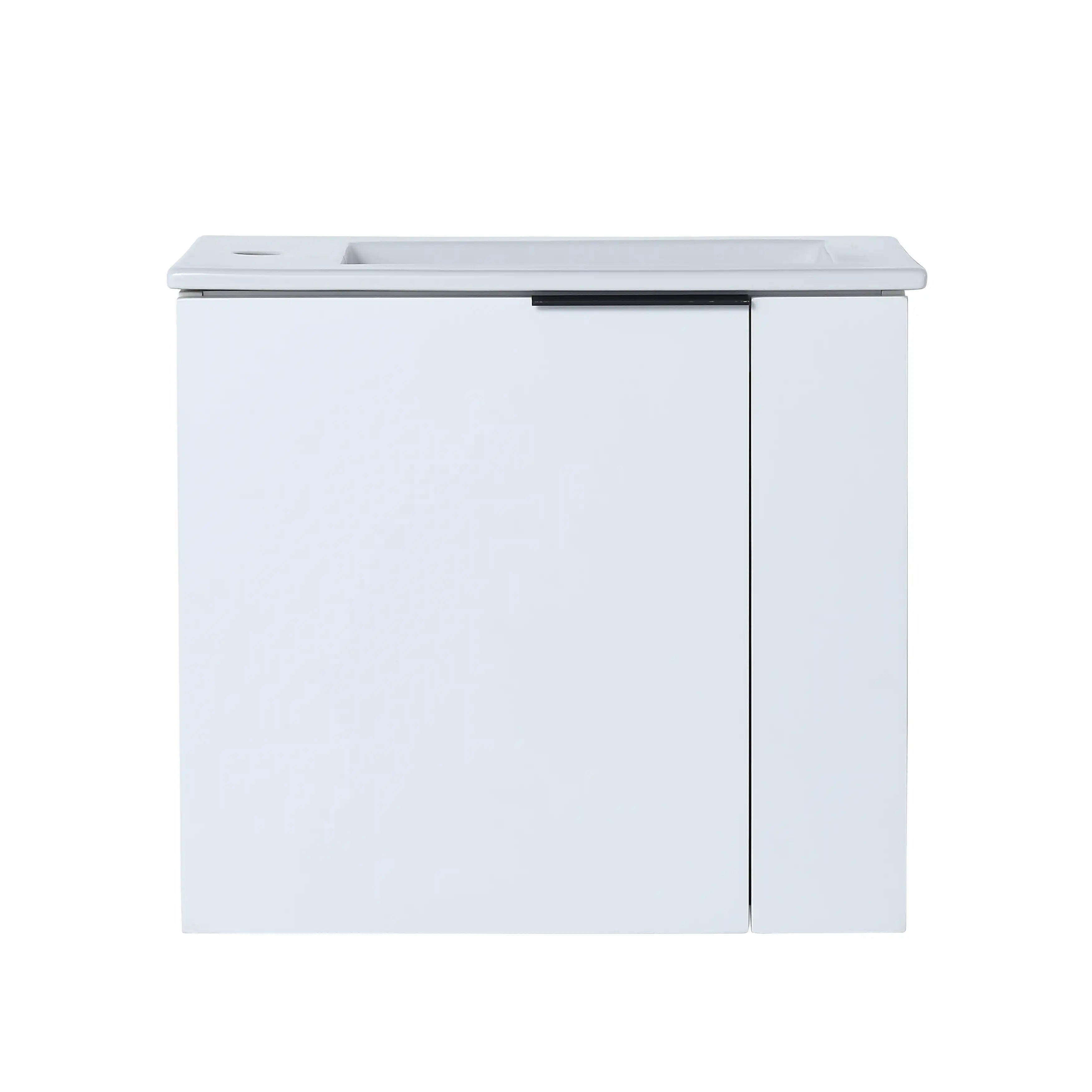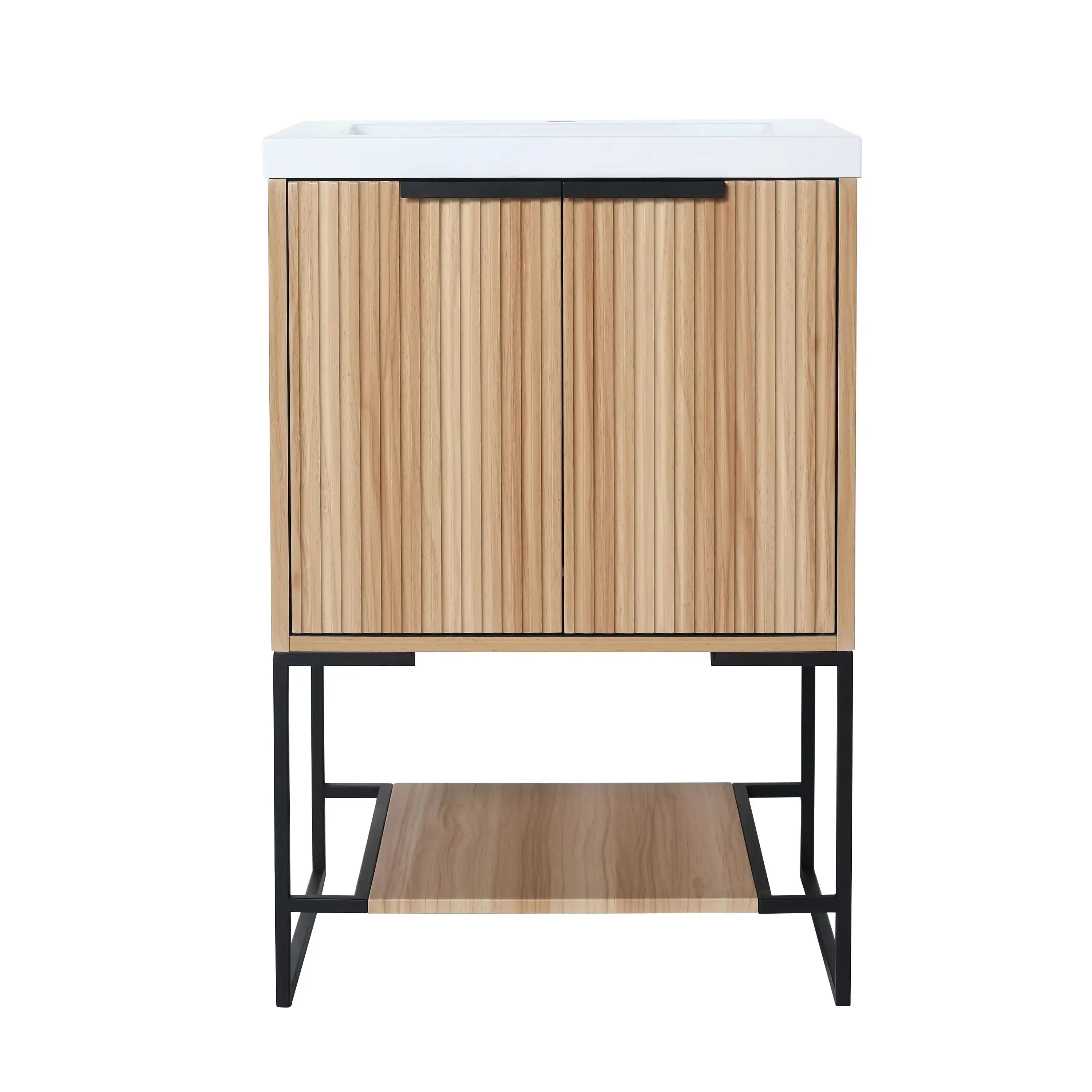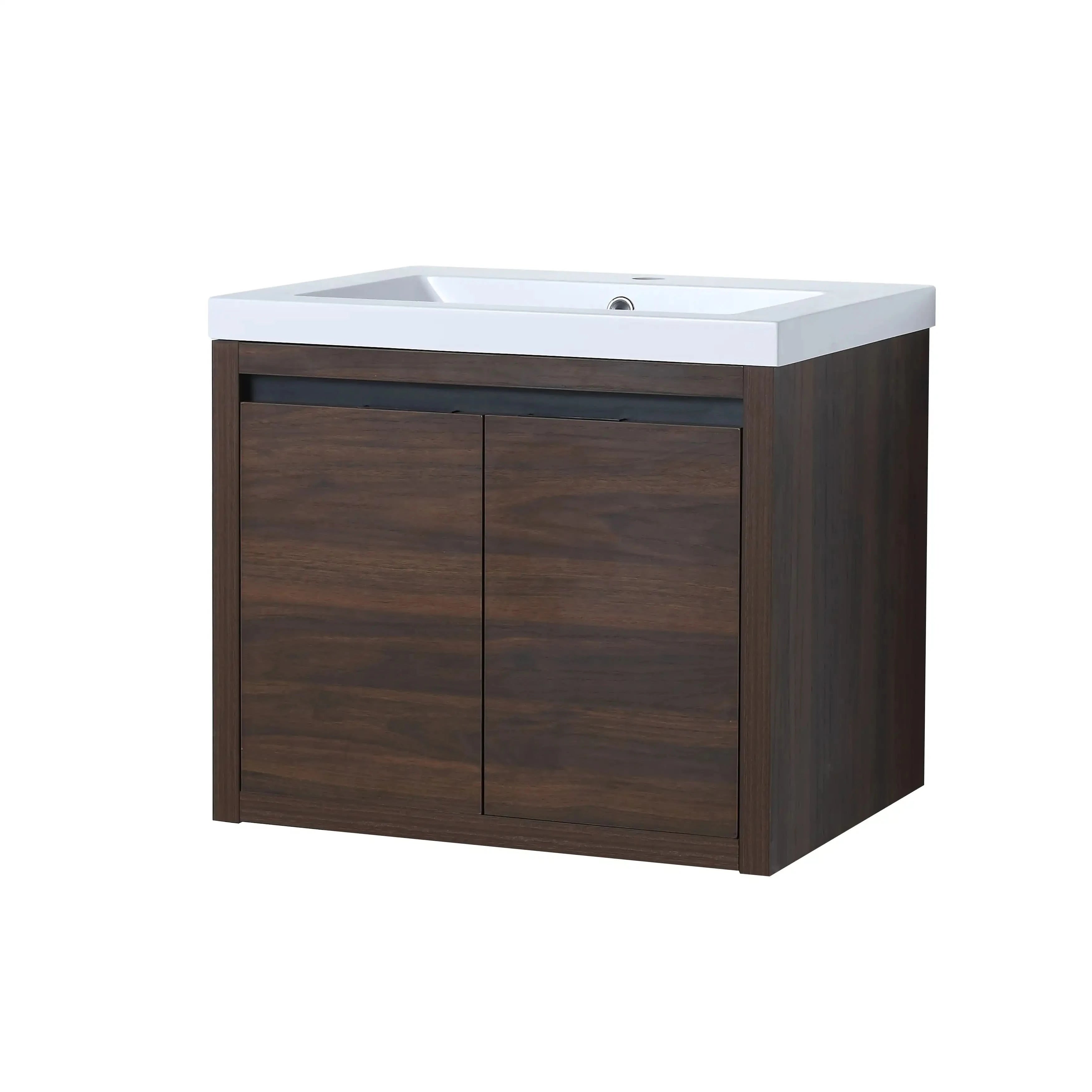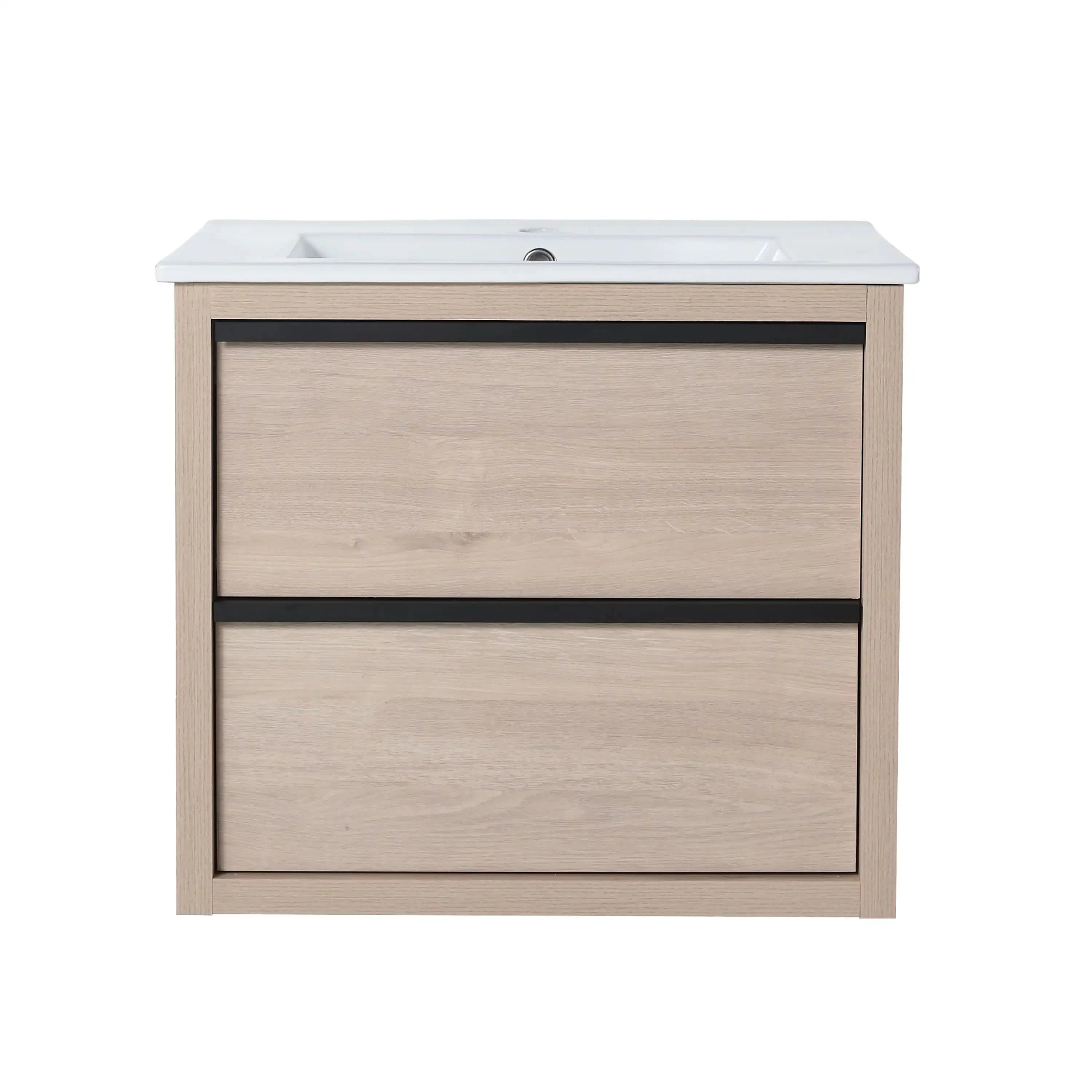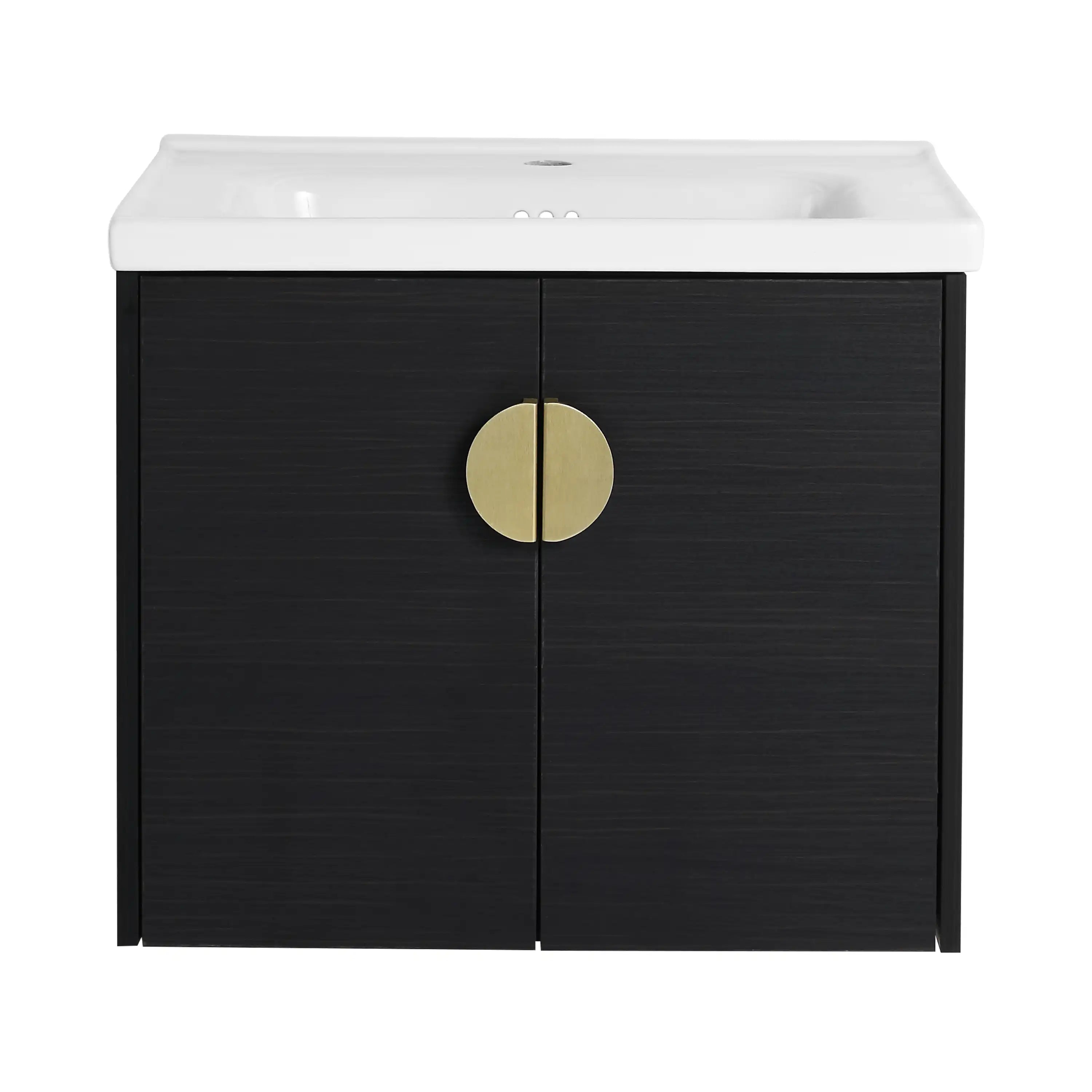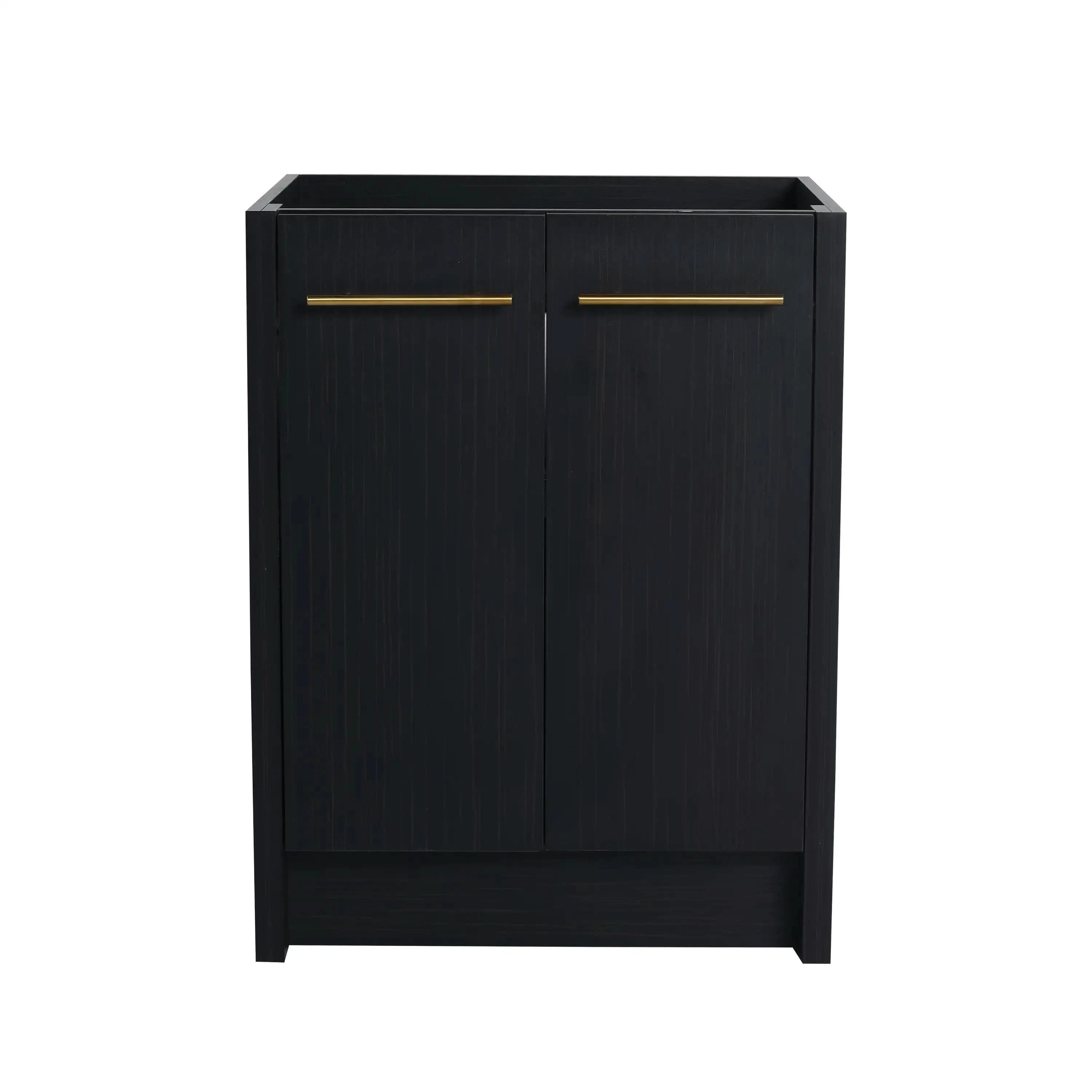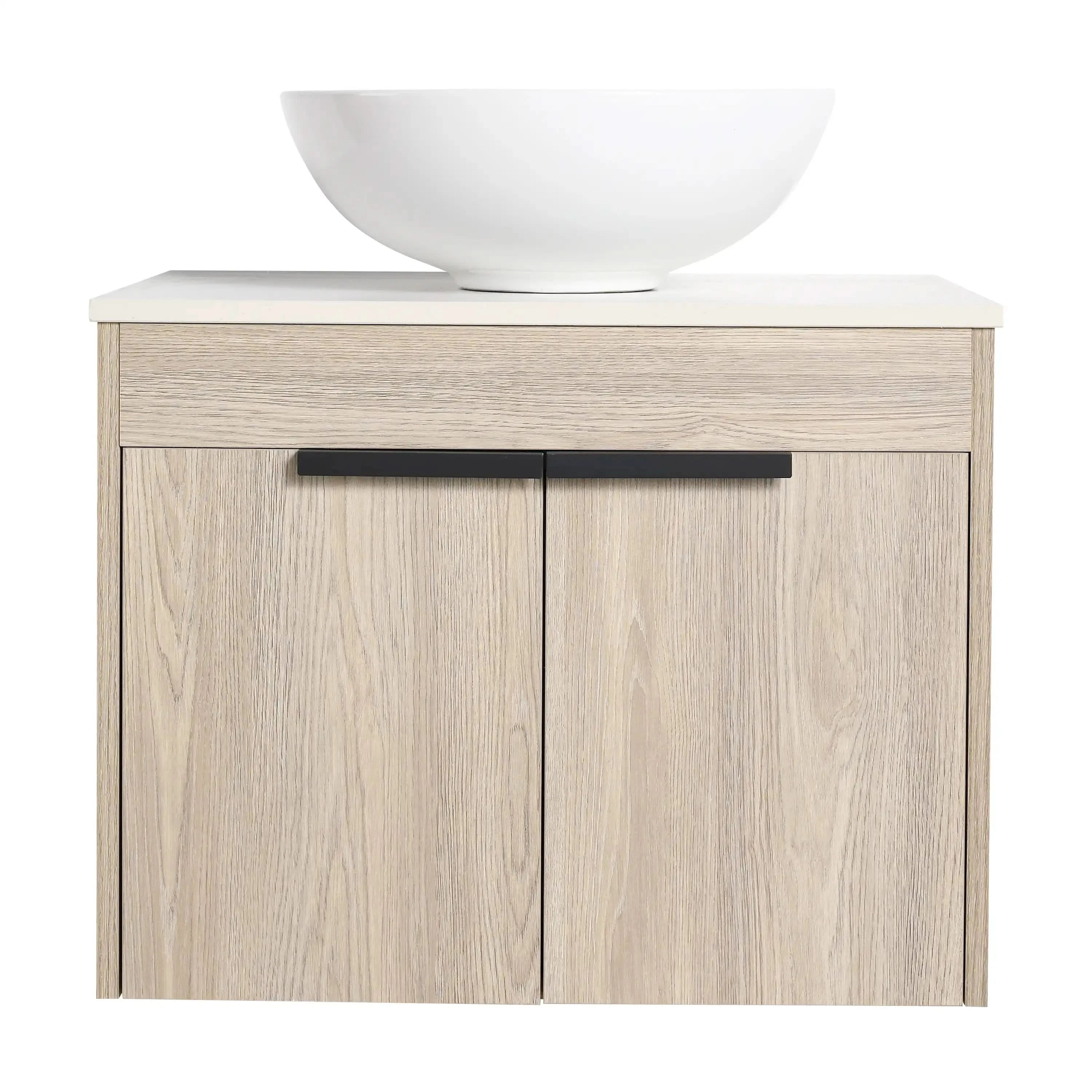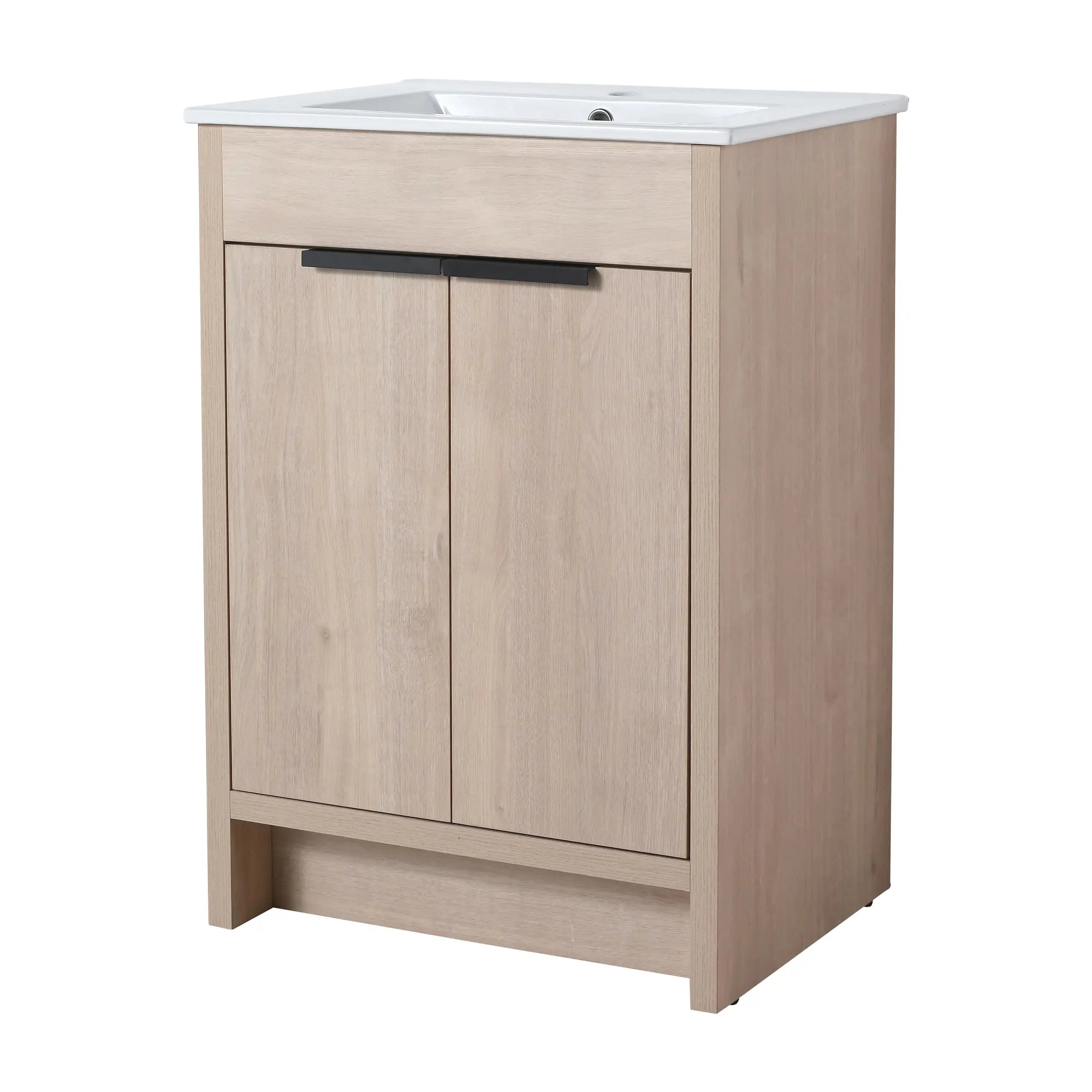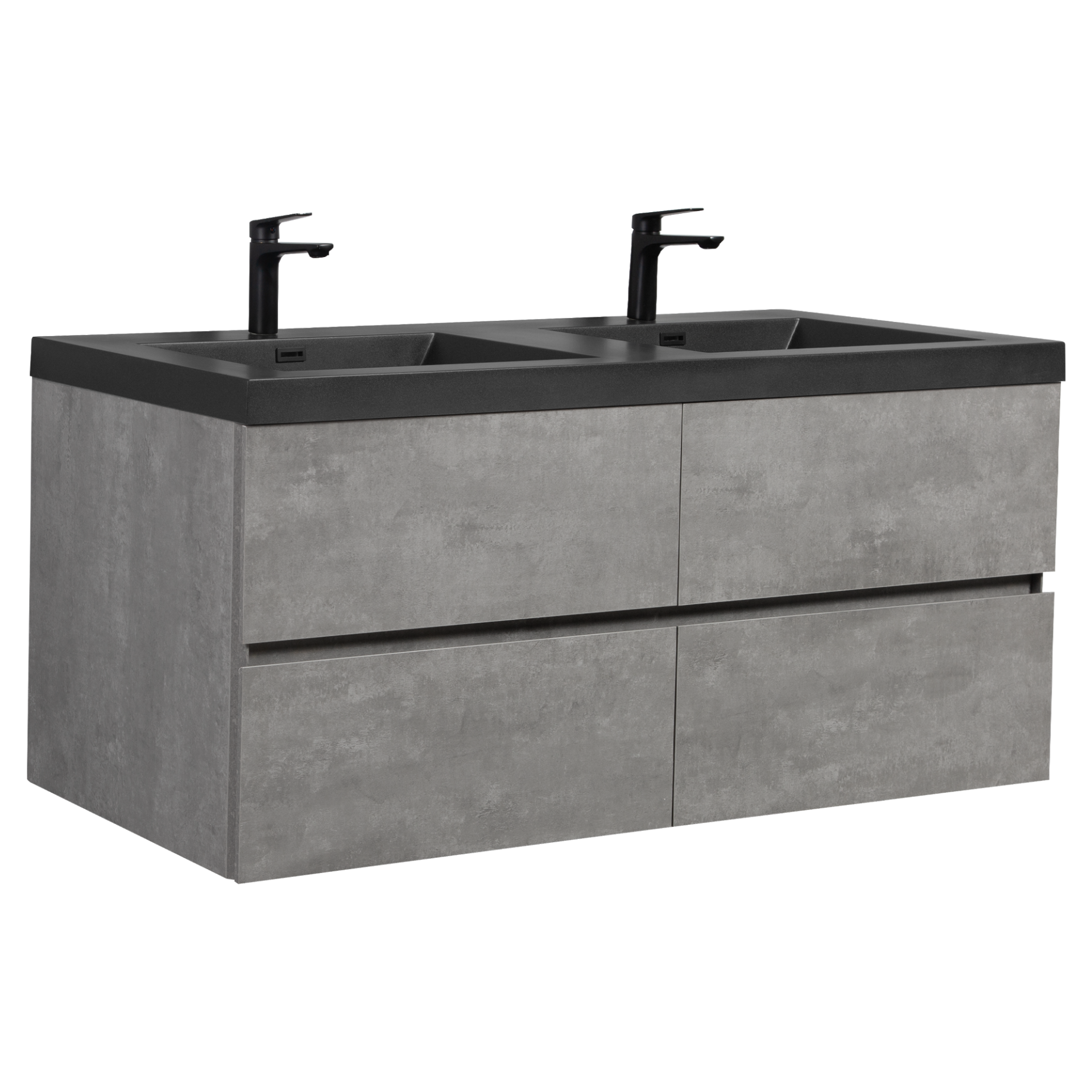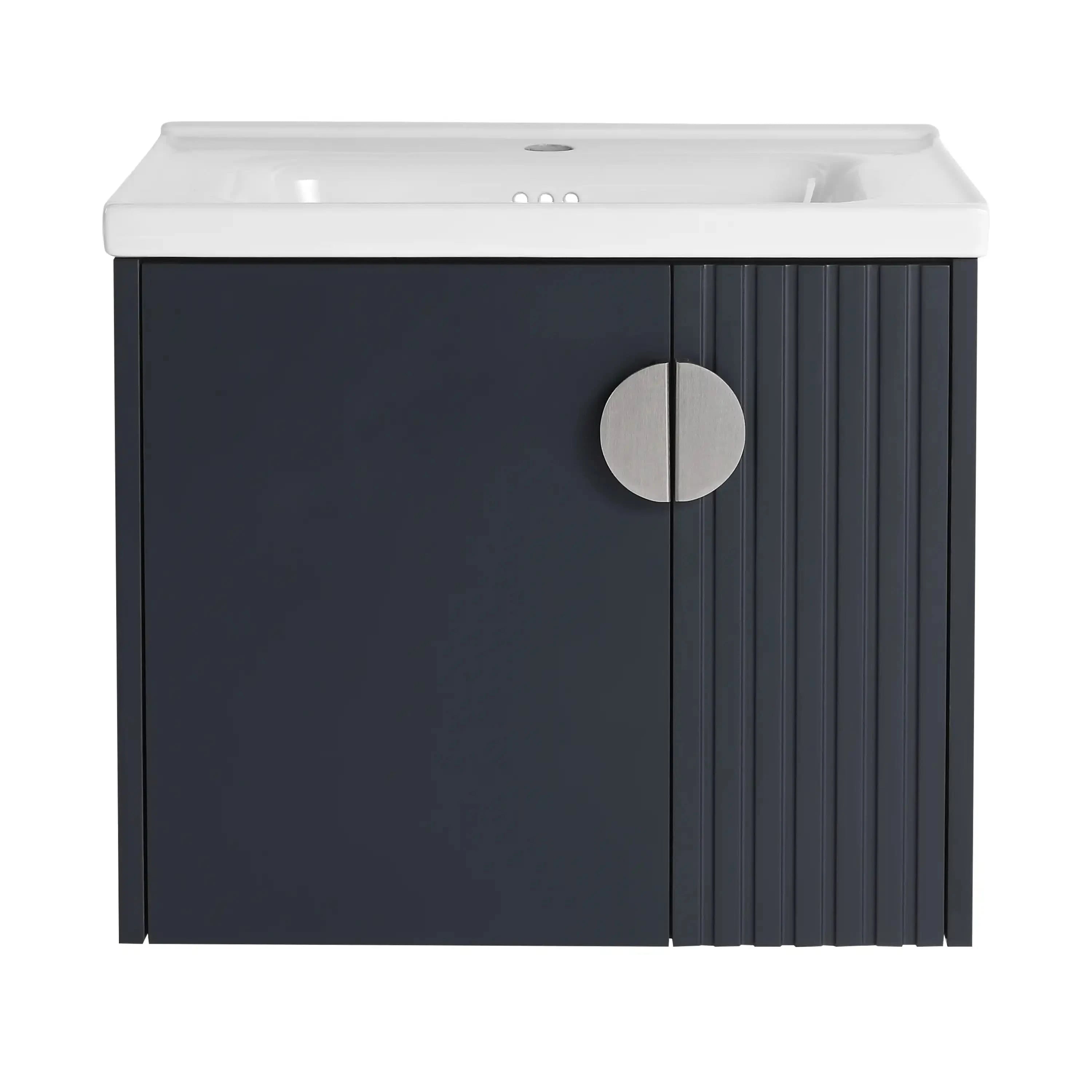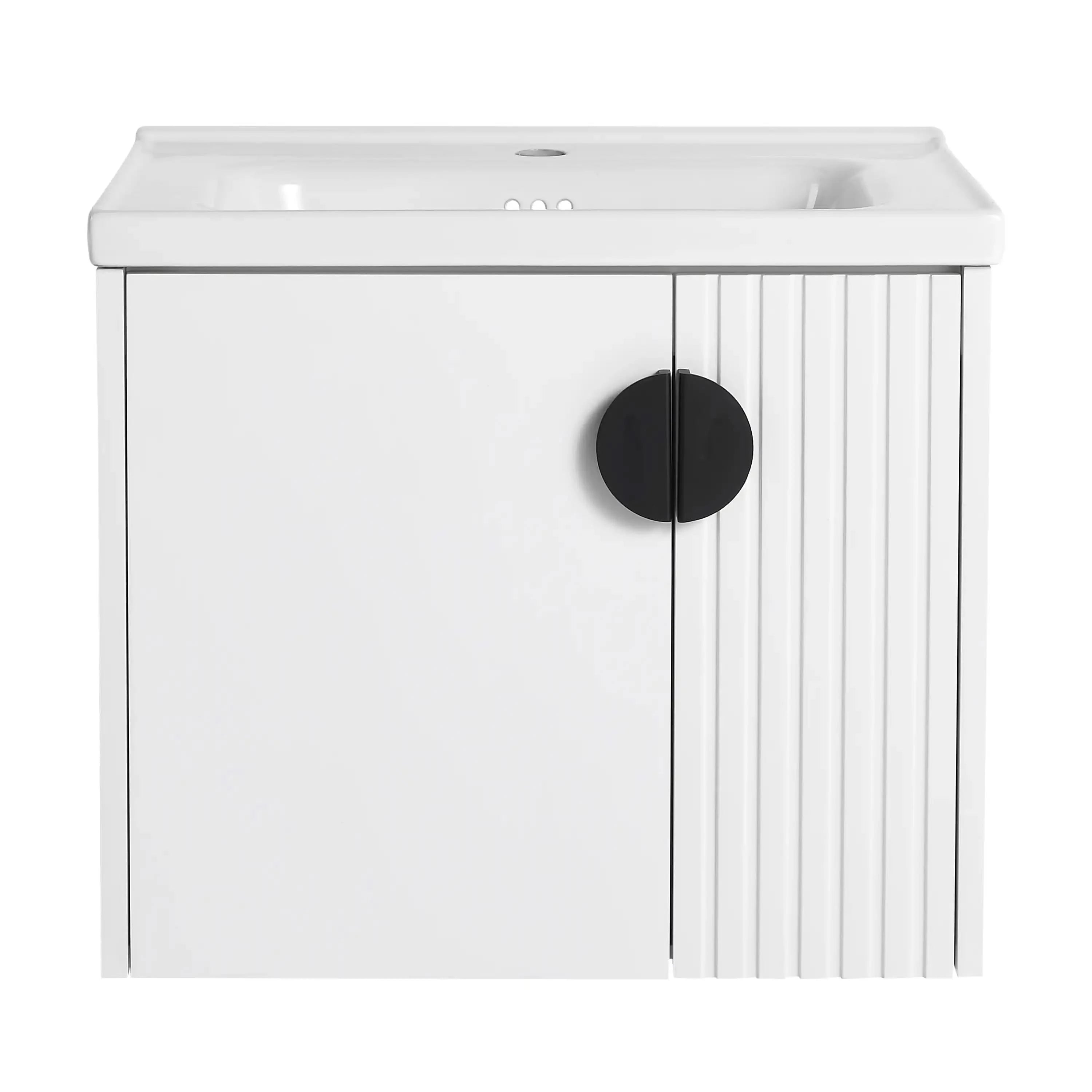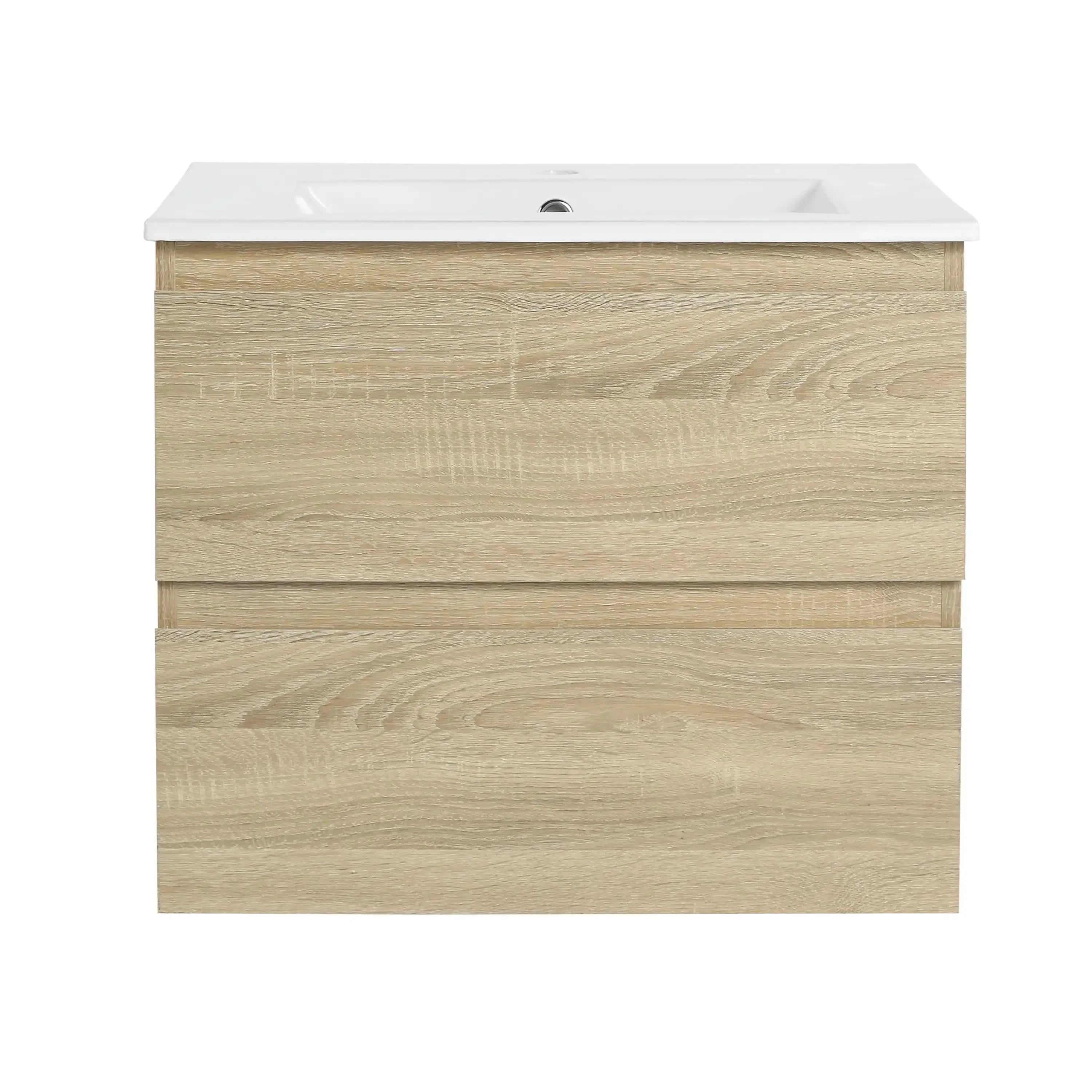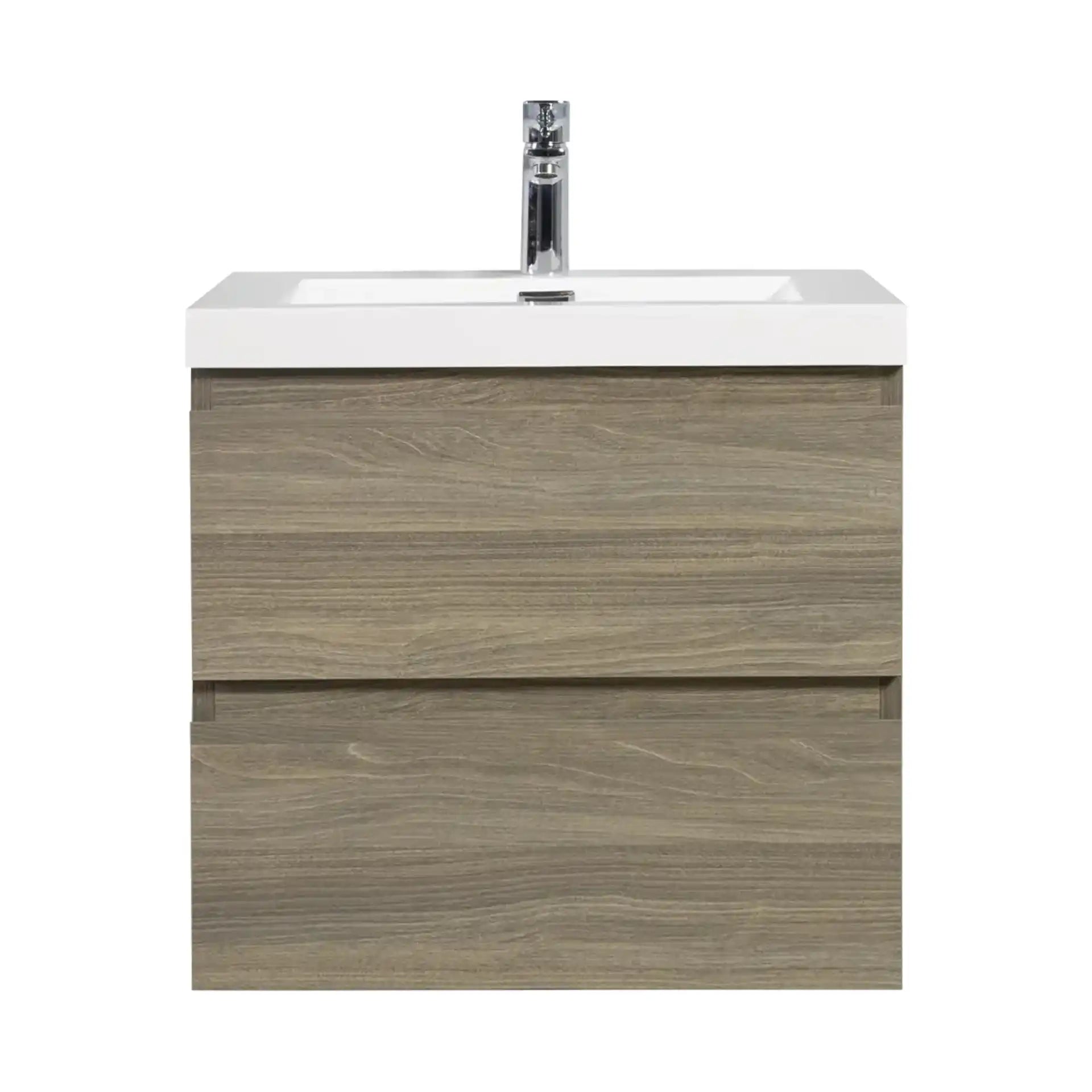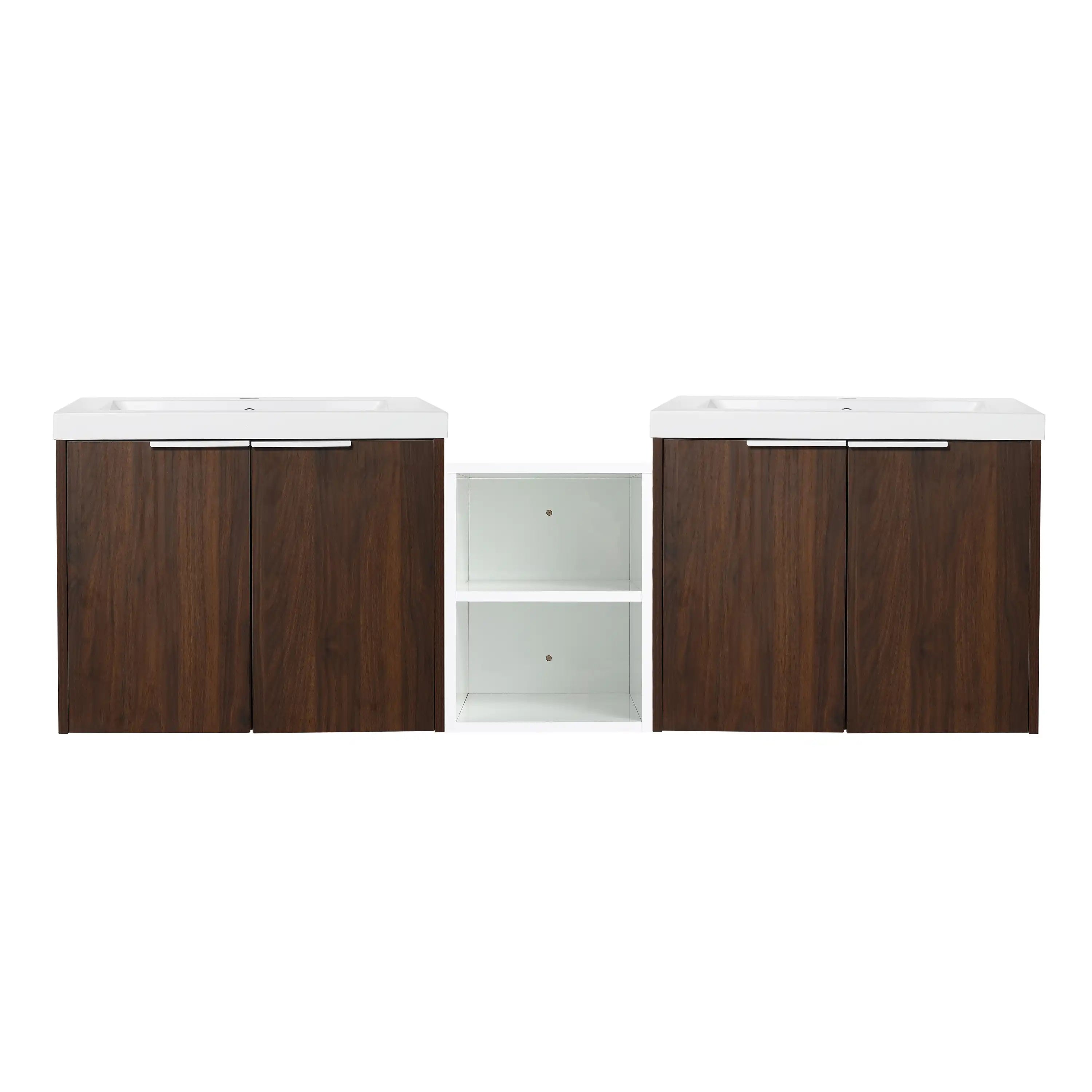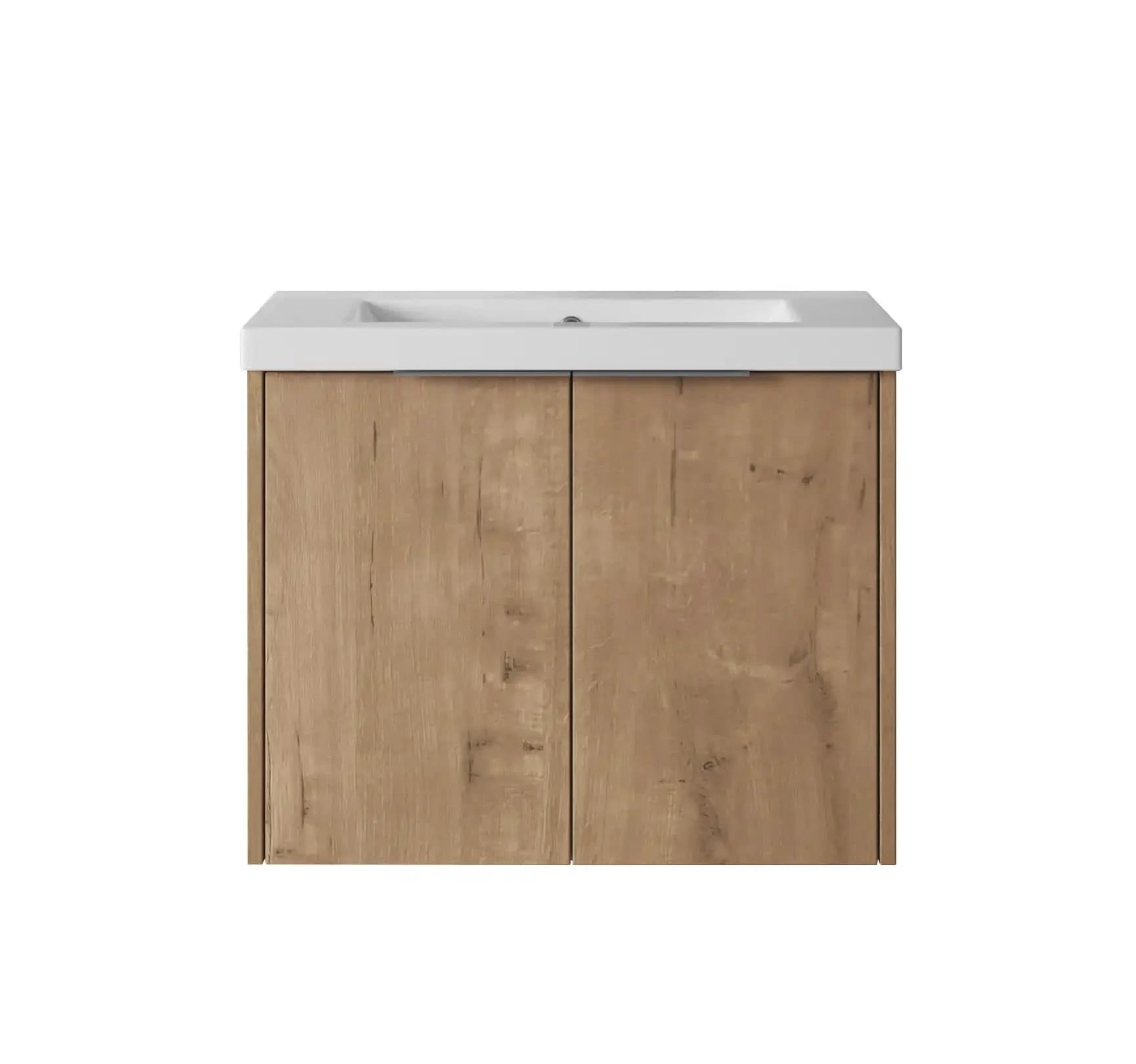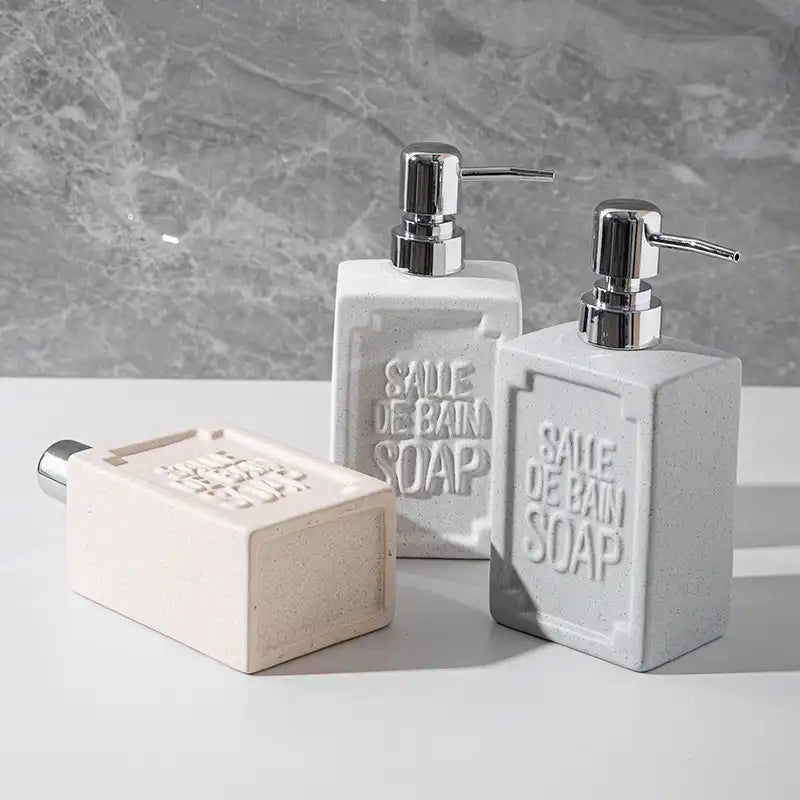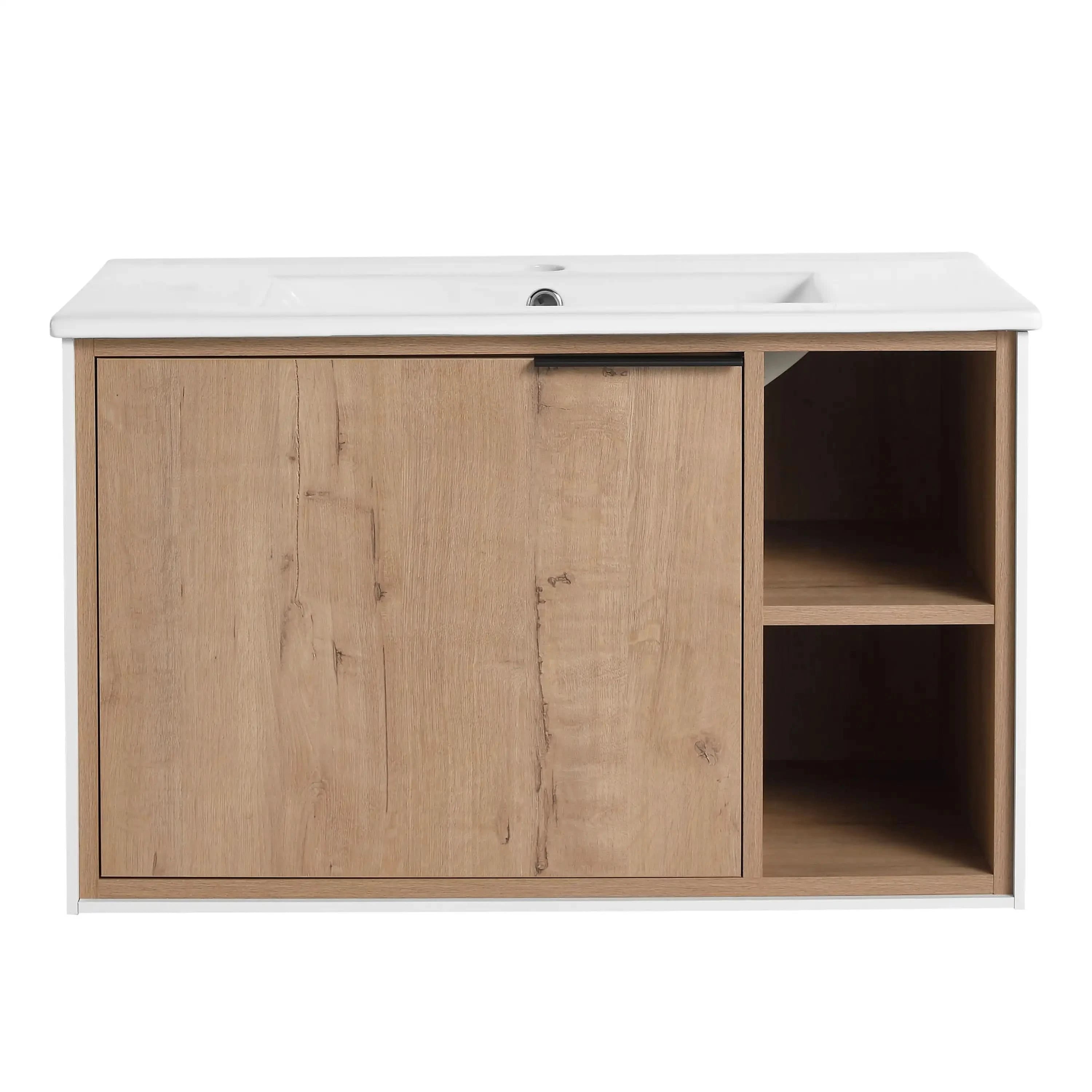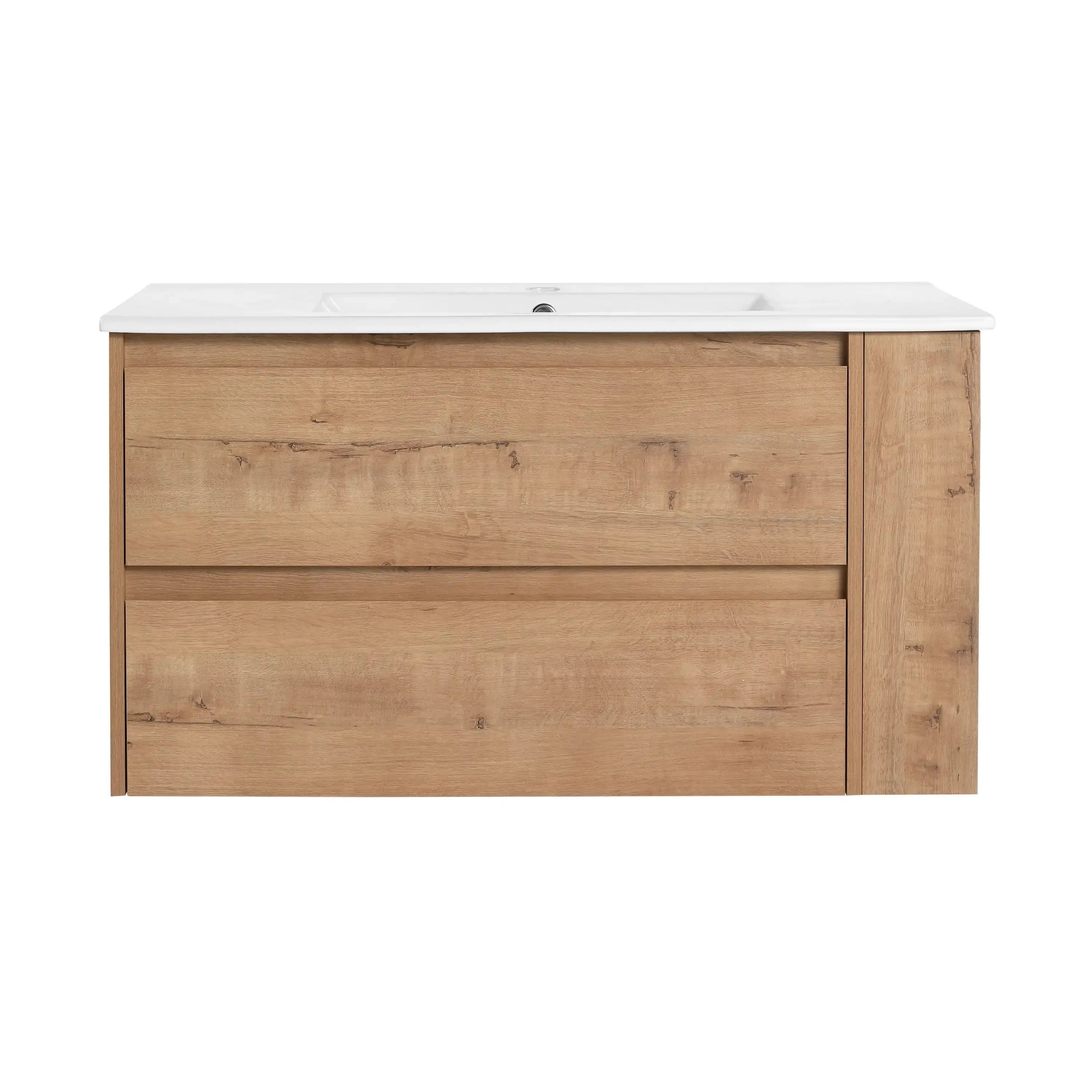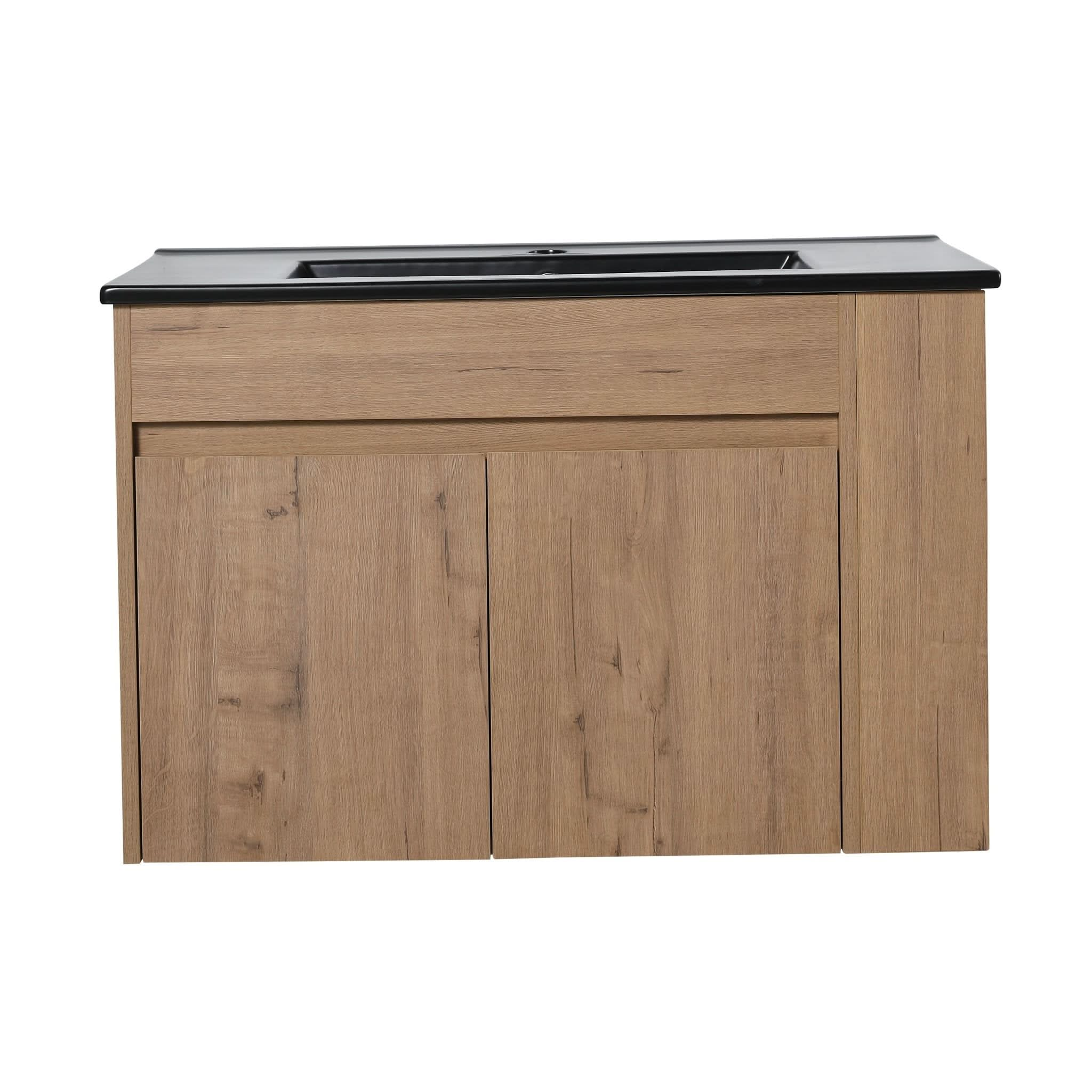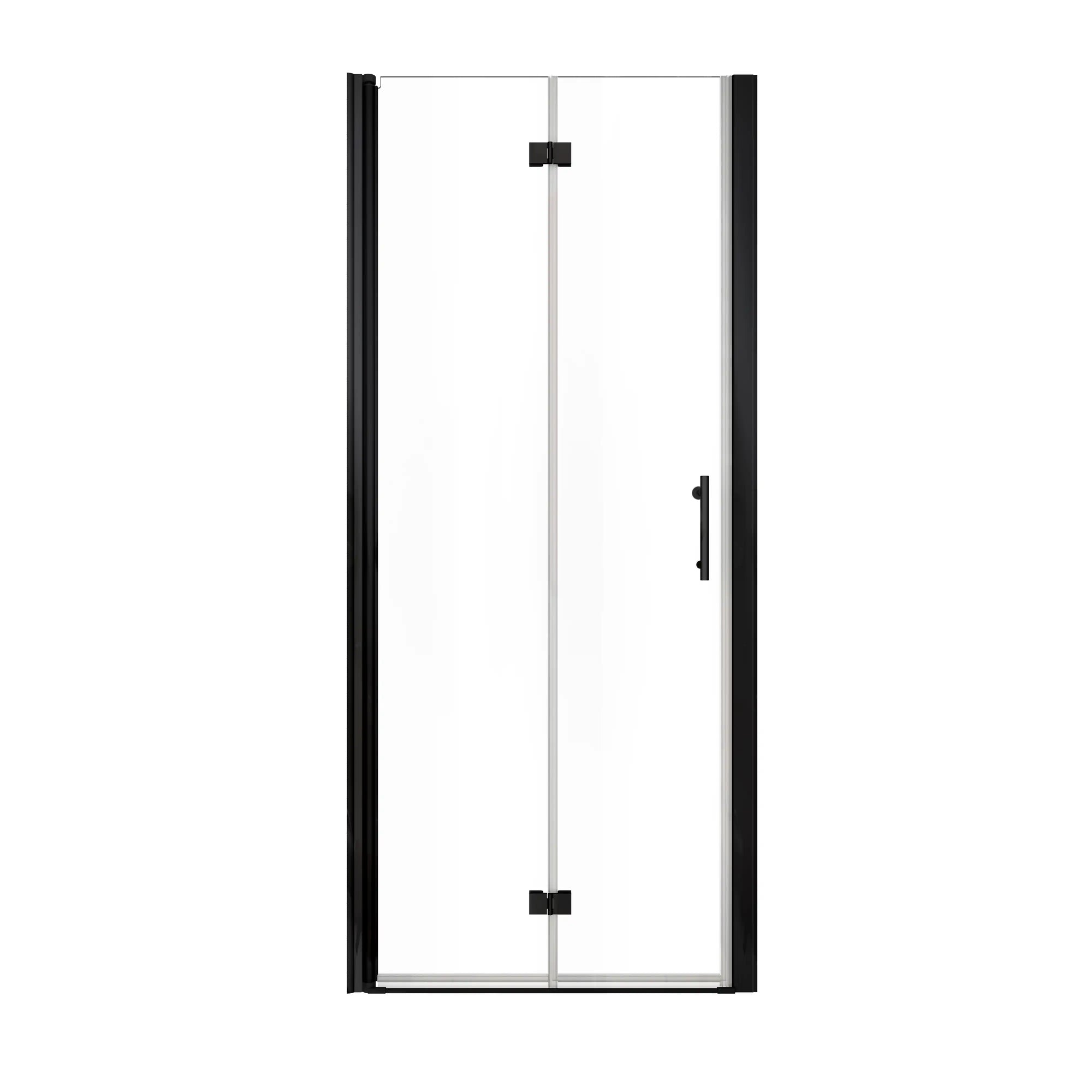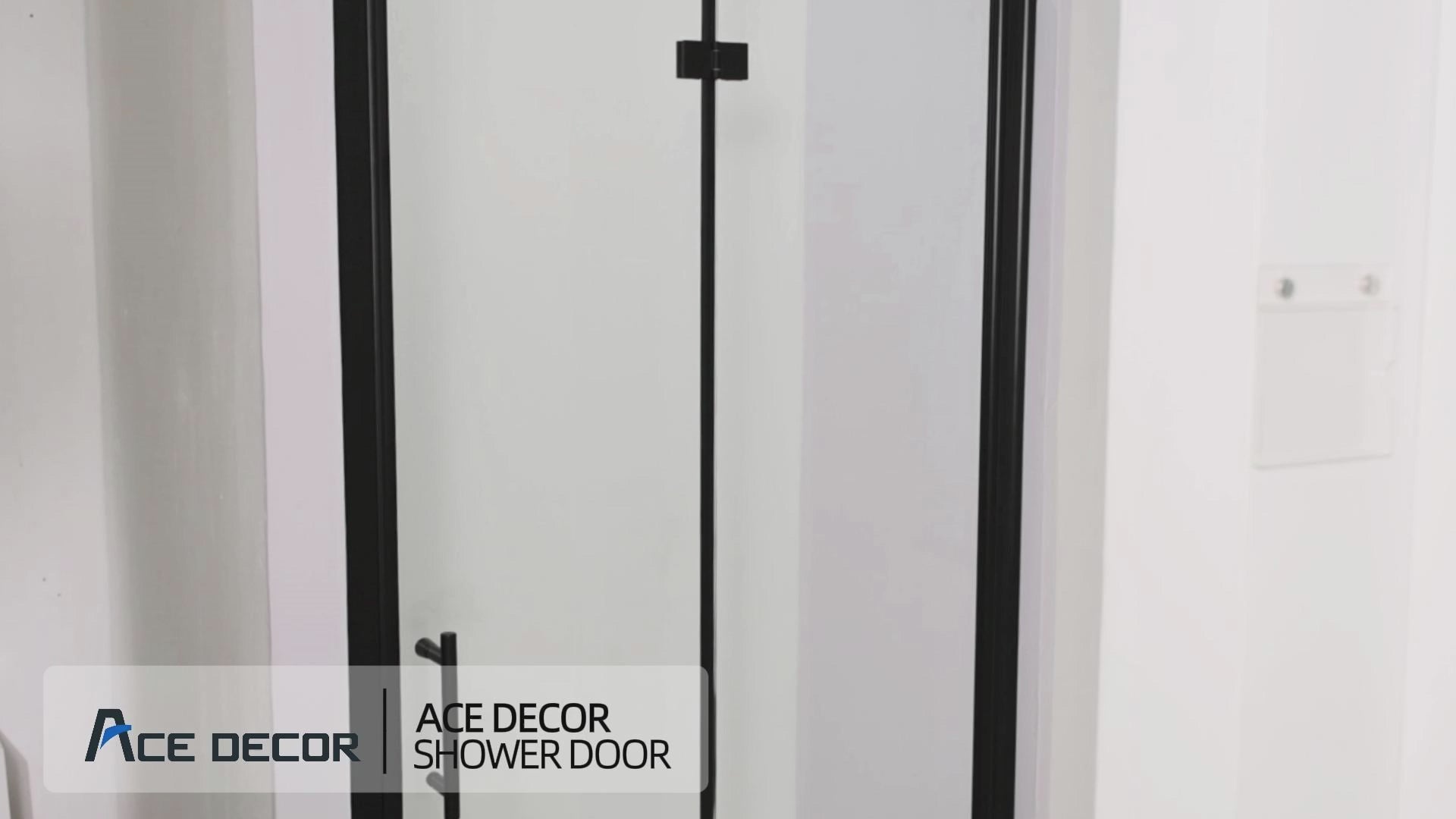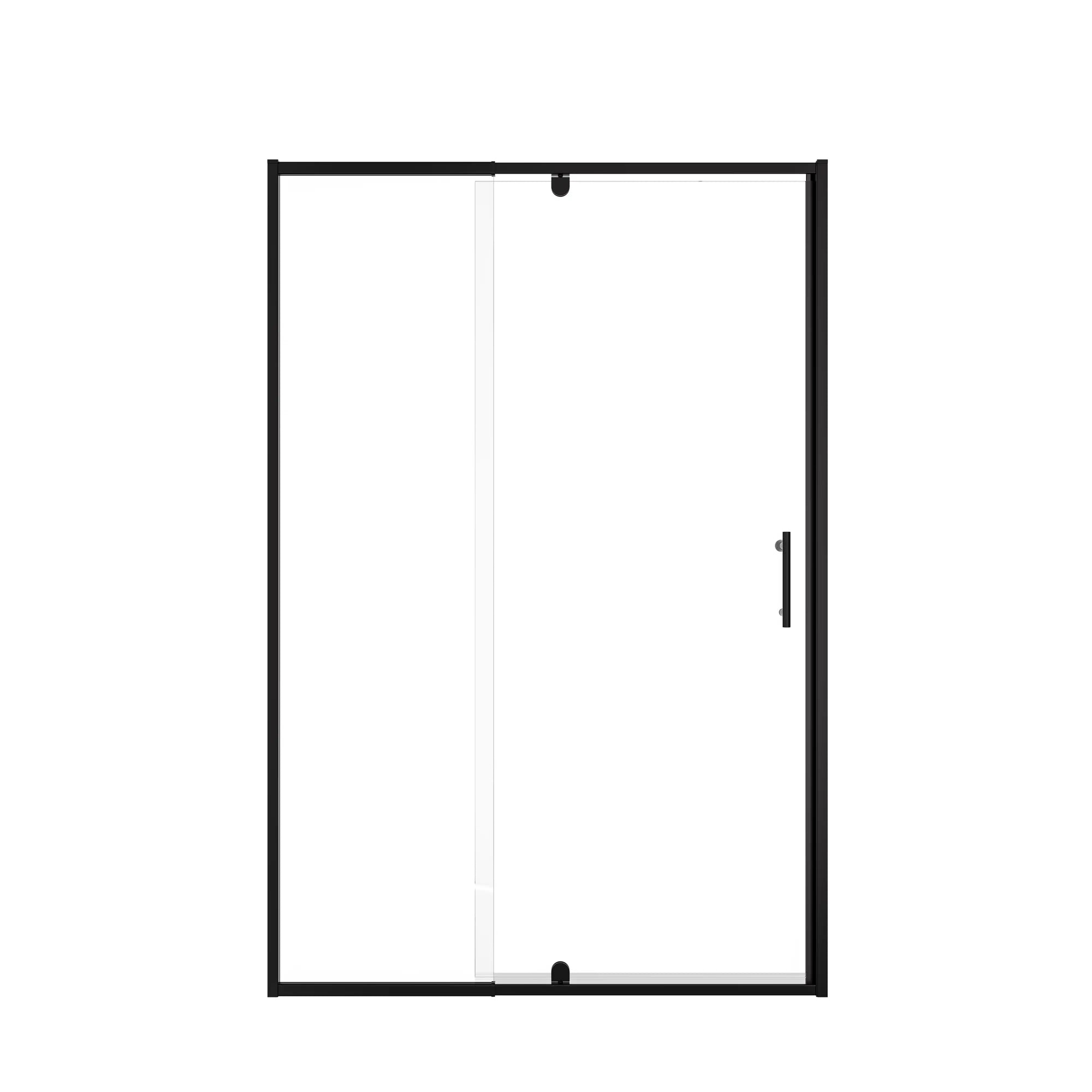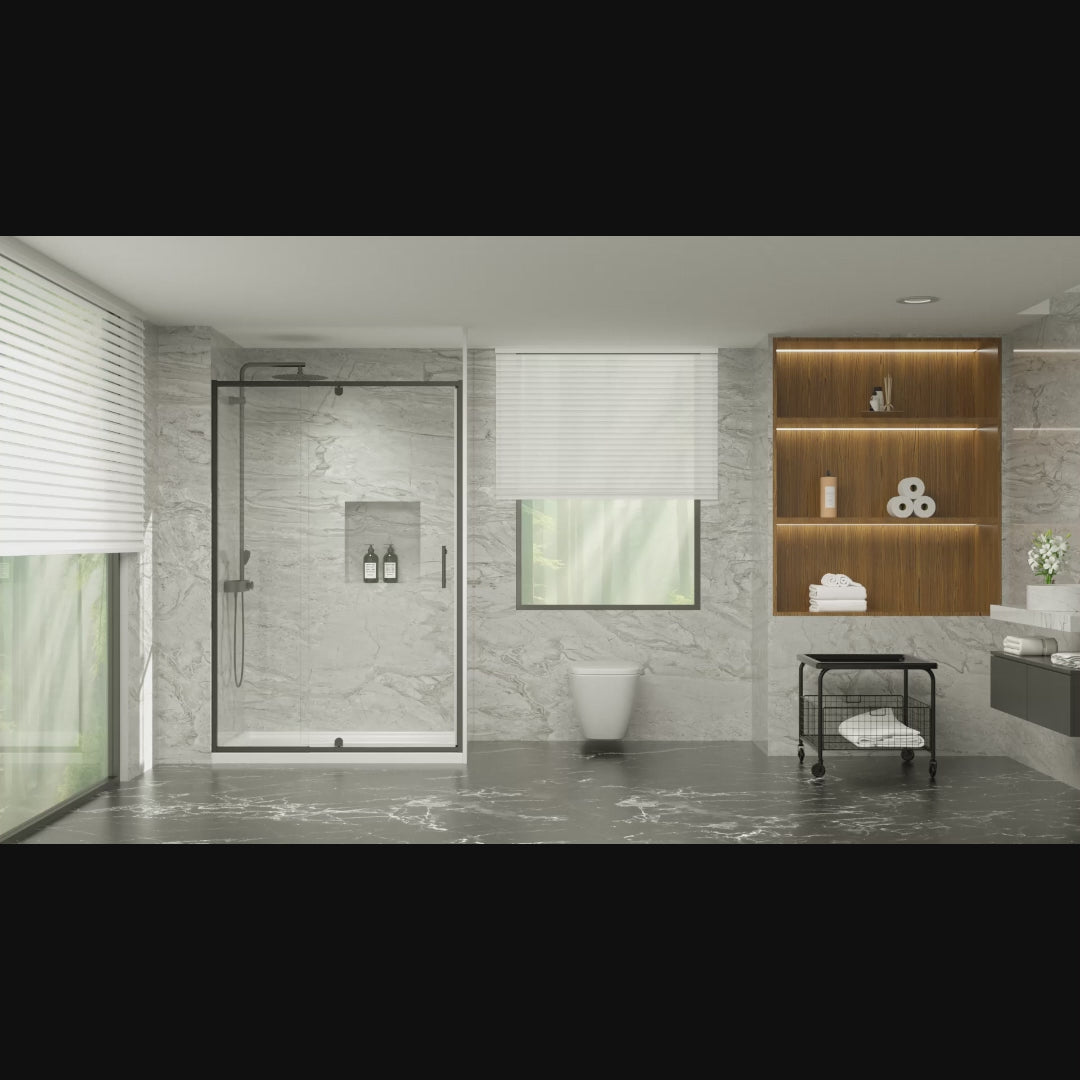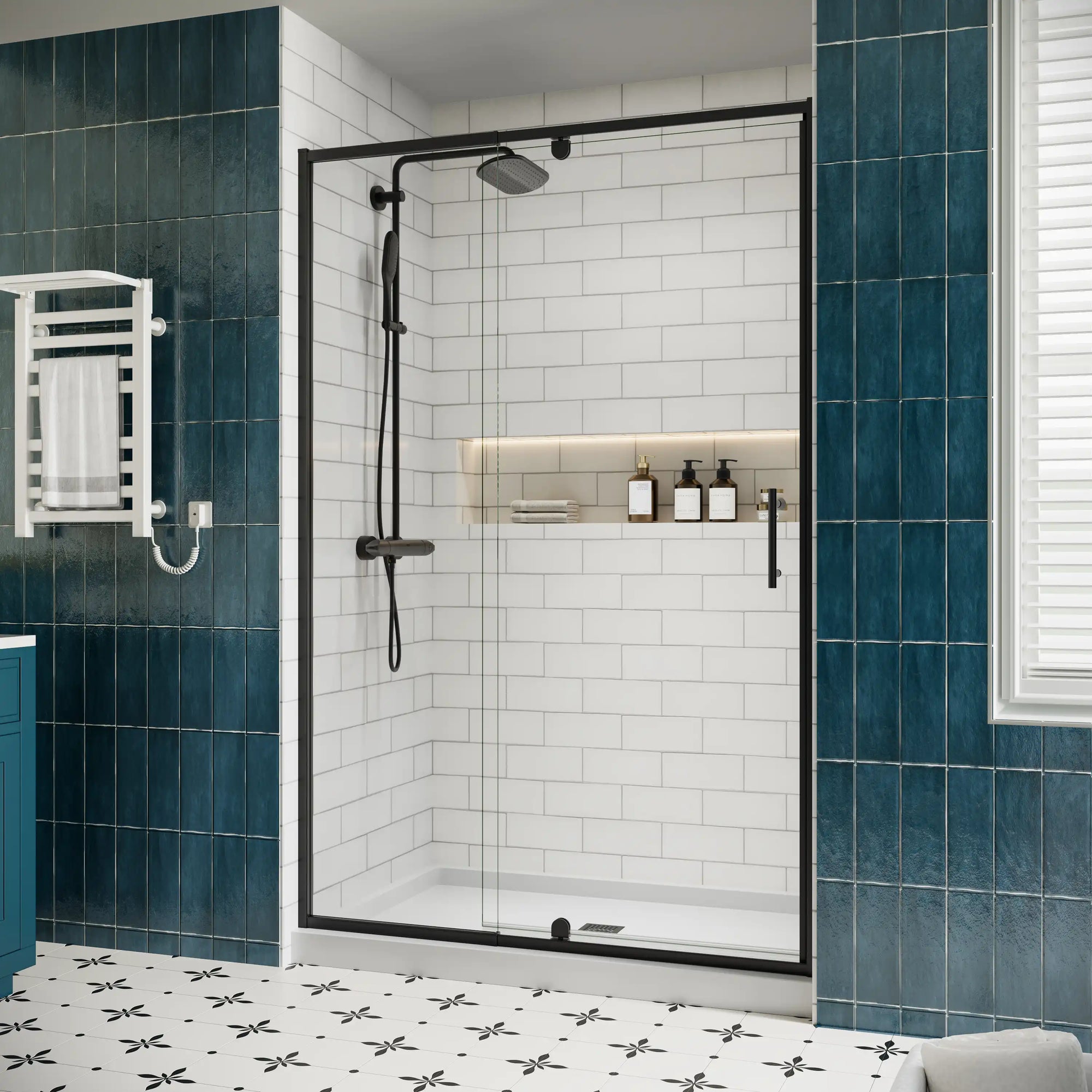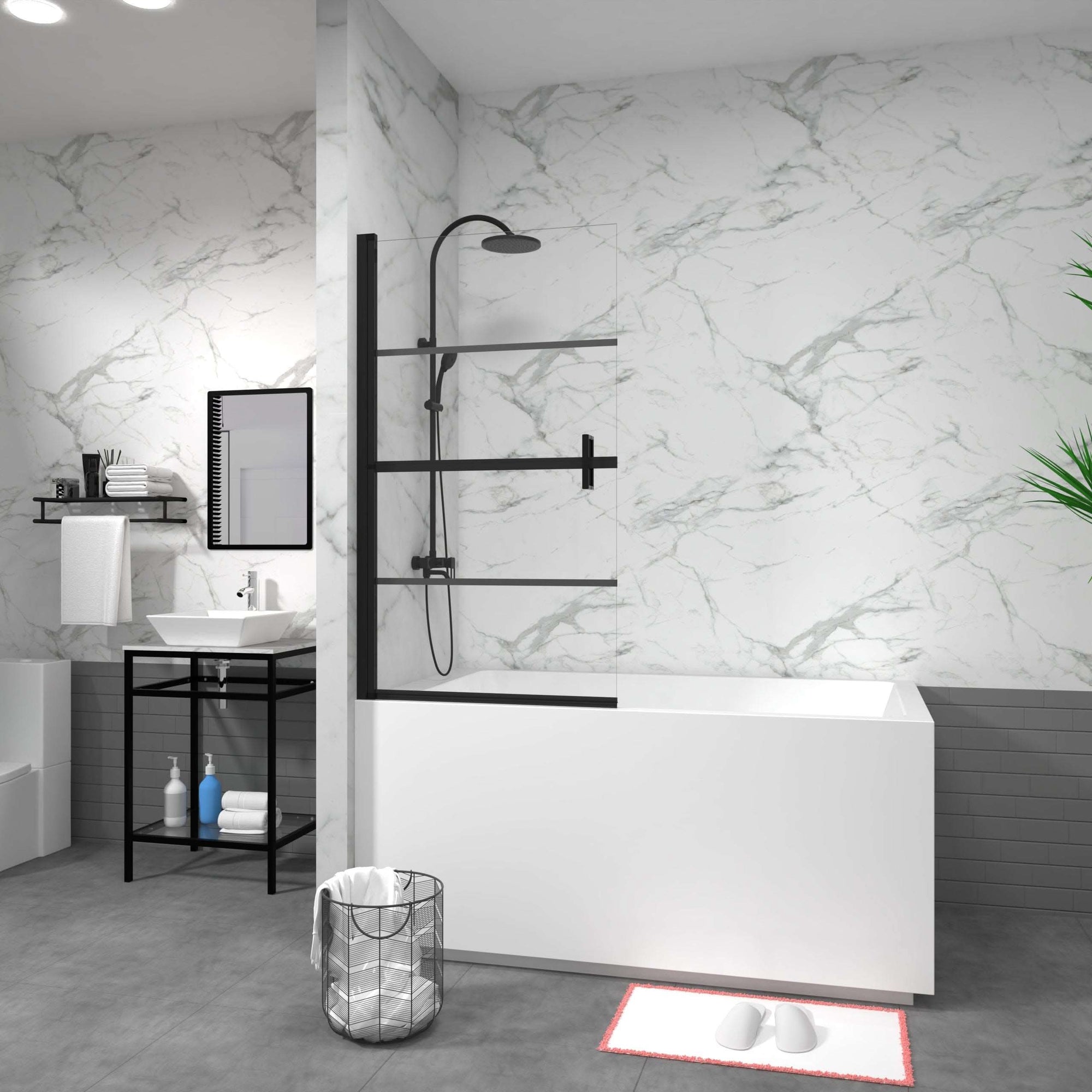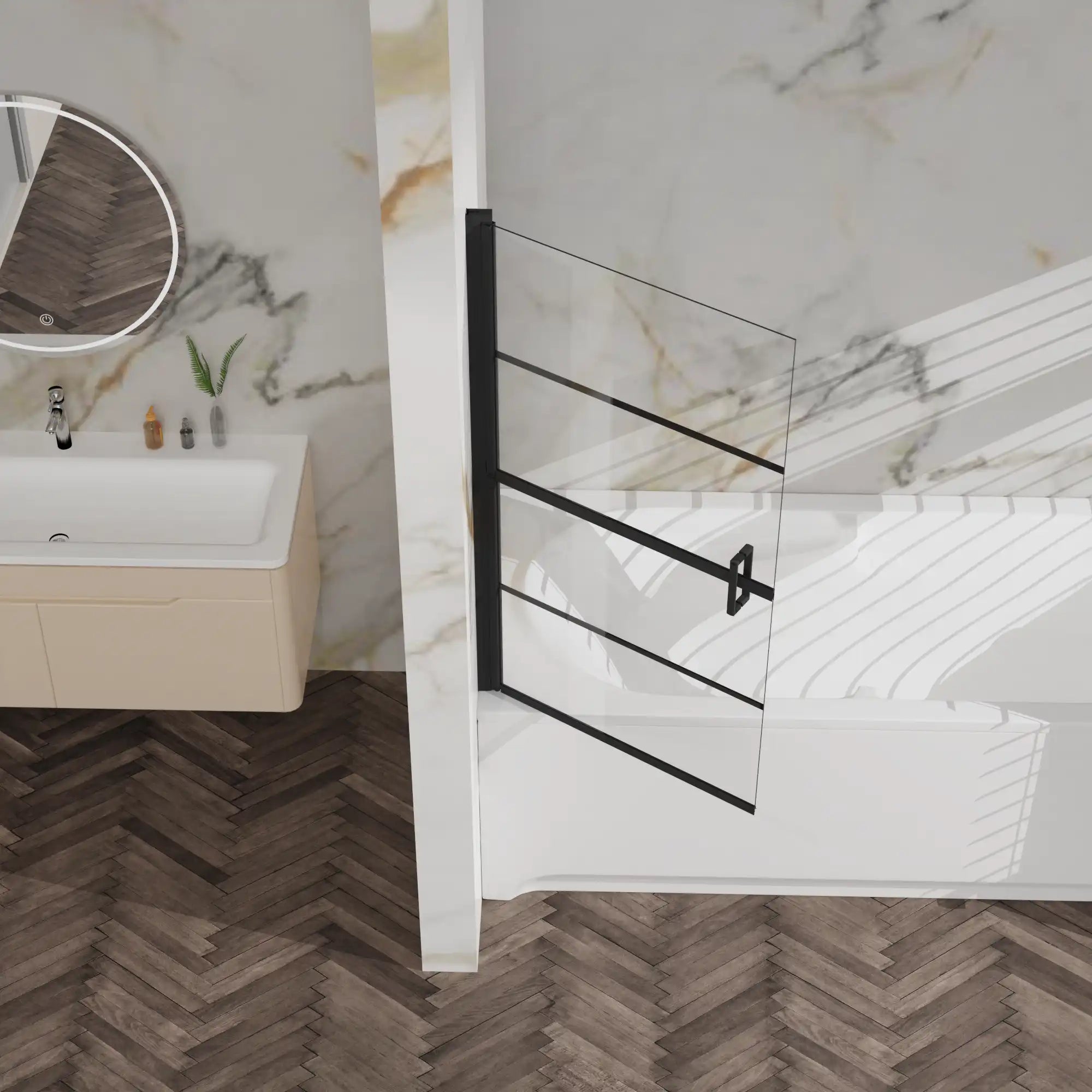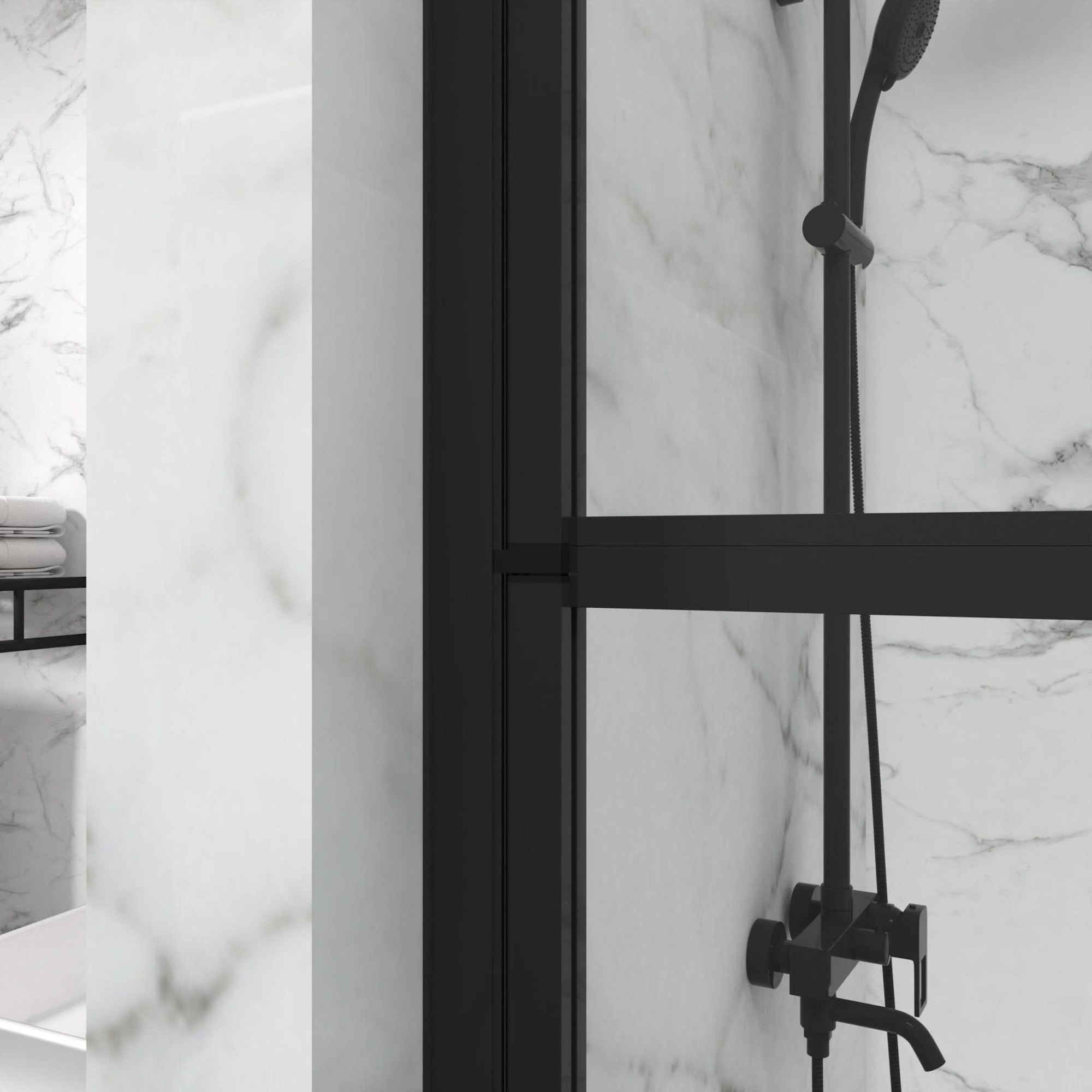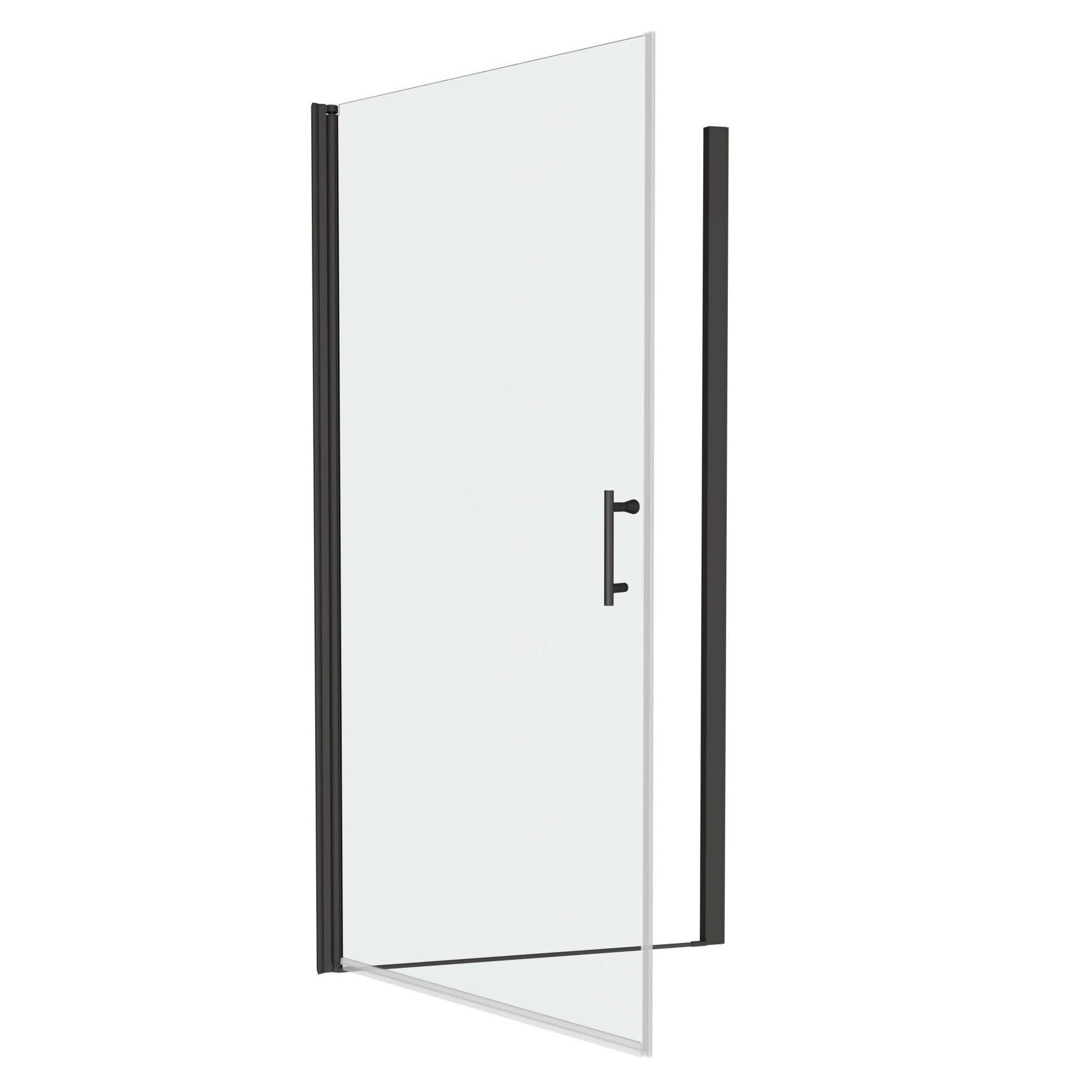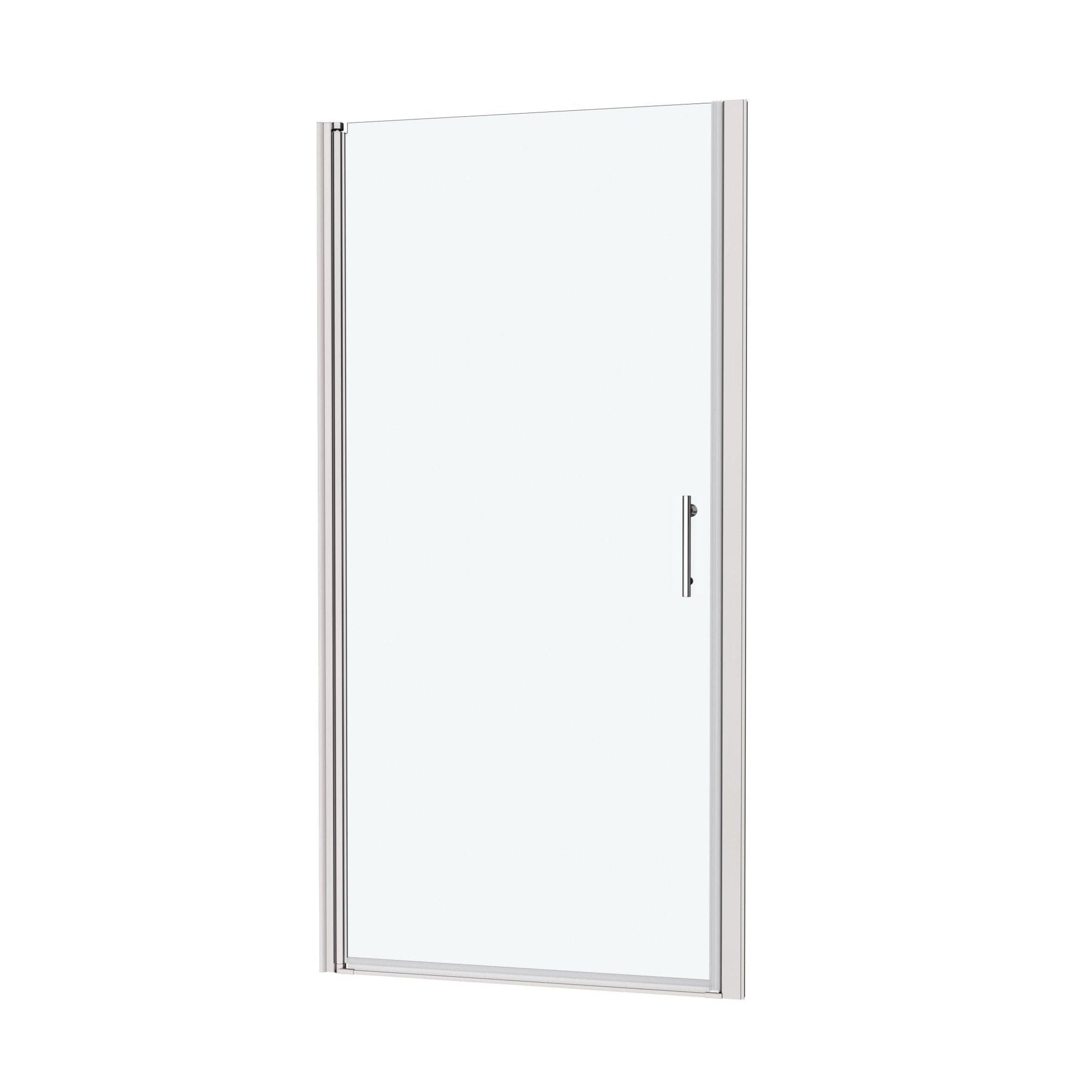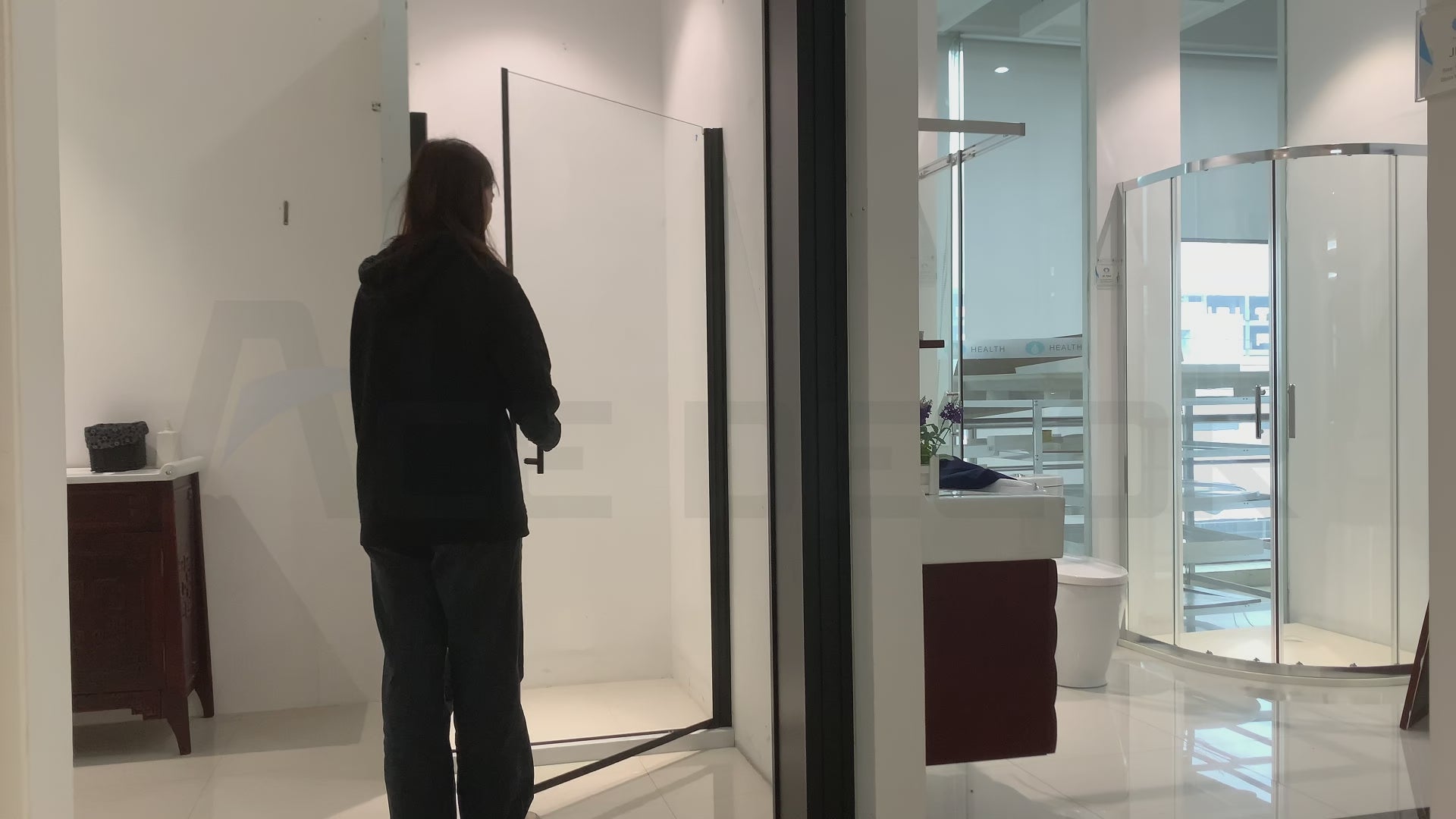When it comes to bathroom maintenance, we often think about keeping tiles clean, polishing fixtures, and organizing spaces. Yet, one small but essential component that sometimes goes unnoticed is the rubber seal along the edges of a shower door. This flexible strip plays a pivotal role in keeping water contained within the shower area, preventing leaks, and maintaining a dry, clean bathroom floor. Over time, though, the rubber seal can wear out, and a worn seal doesn’t just affect the appearance of your bathroom—it can lead to water leaks, mold growth, and even damage to your floors and walls.
A rubber seal can often go unnoticed until you start spotting telltale signs, like water pooling outside the shower or mold creeping along the edges of the door. If you have a high-quality shower door, like ACE DECOR’s bypass shower door in matte black or the 8mm tempered glass sliding door, you’ll want to ensure your seal is in top condition to protect your investment. In this article, we’ll delve into the signs that indicate it’s time to replace your shower door rubber seal and why doing so is essential for keeping your bathroom in top shape.
Why the Shower Door Rubber Seal is Important
The shower door rubber seal is a surprisingly important part of your bathroom’s waterproofing system. Think of it as the unsung hero that keeps your bathroom looking pristine and your floors dry. By fitting tightly along the edges of the shower door, the seal acts as a barrier, ensuring that water stays within the shower enclosure. This is especially important in homes with heavy daily shower use, as even small amounts of water escaping regularly can lead to damage over time.
Beyond just keeping the bathroom dry, a rubber seal also helps prevent common issues that come from constant water exposure, like mold and mildew buildup. When water can’t escape the shower, there’s less chance of moisture lingering around the door frame, reducing the likelihood of mold and mildew growth in those hard-to-clean corners.
If you have a premium shower door like ACE DECOR’s double sliding shower door, the rubber seal provides an additional layer of support. The seal helps stabilize the door within its frame, reducing wear and tear on the door itself and allowing for a smooth, hassle-free operation every time. It may seem like a minor detail, but maintaining this seal is key to protecting the overall structure and longevity of your bathroom.
Common Signs That Your Rubber Seal Needs Replacement
Understanding the signs of a worn-out rubber seal can save you time, money, and the hassle of dealing with water damage. Here’s what to look for to know when it’s time for a new seal.
1. Visible Cracks or Wear
Rubber seals, like most materials in high-use, high-moisture areas, eventually degrade. Over time, the rubber can develop small cracks, tears, or start to look visibly worn. These cracks aren’t just cosmetic; they are a clear indicator that the rubber is losing its flexibility and ability to create a water-tight seal. Cracks often appear first in the areas that experience the most stress, such as the bottom edge where the door meets the frame.
When you spot cracks or visible wear, it’s usually a sign that the rubber is becoming brittle. A brittle seal won’t be able to expand and contract with the door as it moves, meaning water will likely seep through. If you ignore these signs, you may start to notice leaks, and eventually, even small cracks can turn into larger tears that compromise the entire seal.
Real-Life Example: Imagine stepping out of the shower, only to realize your feet are in a puddle of water. You notice small cracks along the seal, and each time you shower, the puddle seems to get larger. Replacing the seal promptly can prevent this scenario and keep your bathroom floor dry and safe.
2. Water Leaks Outside the Shower
A well-functioning rubber seal is essential for keeping water contained within the shower. When the seal begins to fail, you’ll likely see water leaking outside the shower area. If you find yourself constantly wiping up water or spotting puddles near the base of the shower door, this is a telltale sign that your seal is no longer effective. Water leakage isn’t just a minor annoyance; over time, it can lead to much larger issues, including warped flooring, stained grout, or even water damage to walls.
With doors like ACE DECOR’s bypass shower door in matte black, maintaining a secure seal is especially important to uphold the door’s water-tight design. If your seal is worn out, replacing it is the best solution to keep your bathroom dry and protected.
Expert Insight: Addressing leaks early can save you from expensive repairs later. Replacing the seal is a relatively simple fix compared to the cost and inconvenience of repairing water damage.
3. Mold and Mildew Buildup
One of the biggest downsides of a worn-out seal is its tendency to collect moisture, leading to the growth of mold and mildew. Mold thrives in dark, damp places, and a deteriorating seal creates pockets where moisture can get trapped, creating the perfect environment for mold to flourish. Once mold starts to grow, it can be difficult to clean and can spread to other areas, making the bathroom look and smell unpleasant.
Mold and mildew don’t just look unappealing; they can also have health implications, especially for people sensitive to allergens or with respiratory conditions. If you notice mold forming along the edges of your shower door, it’s often an indicator that moisture is getting trapped and that the seal needs to be replaced.
Quick Tip: To help reduce moisture buildup and prevent mold from forming, make a habit of drying off the seal after each shower. This small step can prolong the life of your seal and keep mold at bay.
4. Loose or Detached Seal
Over time, rubber seals can start to loosen or even detach from the door. This often happens when the adhesive or fasteners securing the seal weaken due to prolonged exposure to water and steam. If you notice that the seal feels loose or appears to be coming away from the door, it’s a clear sign that it’s time for a replacement.
A loose or detached seal doesn’t just affect water containment; it can also impact the door’s stability. Sliding doors, in particular, need a secure seal to prevent unnecessary rattling or shifting when opening and closing. By replacing a loose seal, you ensure that the door remains stable and aligned.
5. Discoloration or Hardening
Over time, rubber seals can become discolored due to constant exposure to moisture, minerals, and cleaning products. Discoloration is often a sign of aging and can be accompanied by a hardening of the rubber. When rubber hardens, it loses its flexibility, making it less effective at creating a tight seal along the edges of the door.
If your seal appears discolored or feels stiff to the touch, it’s a sign that it’s nearing the end of its lifespan. A hard or discolored seal is unlikely to conform to the door’s edges effectively, meaning it won’t keep water contained. Replacing it with a fresh, flexible seal will restore the door’s water-tight capabilities.
Real-Life Scenario: You’ve noticed that the once-soft seal on your shower door now feels stiff and discolored, almost like it’s baked under the hot shower steam. This rigidity makes it less effective, allowing water to leak out with each shower. A new, flexible seal will keep your bathroom cleaner and more efficient.
Benefits of Replacing a Worn-Out Rubber Seal
Replacing an old rubber seal may seem like a minor task, but the benefits extend well beyond a dry bathroom floor. Here’s why investing in a new seal can make a significant difference in your bathroom’s performance and appearance.
Enhanced Leak Protection
A fresh rubber seal provides reliable protection against leaks, keeping water contained within the shower and preventing water from pooling outside. This helps maintain a safer and cleaner bathroom floor, eliminating the need for constant mopping or towel drying after every shower.
Improved Door Stability
Replacing a worn seal helps keep the shower door stable, reducing any rattling or misalignment that may have developed as the old seal degraded. This is particularly beneficial for high-quality sliding doors like ACE DECOR’s double sliding shower door, where stability is key to smooth and consistent operation.
Better Hygiene and Aesthetics
A fresh rubber seal enhances both the hygiene and appearance of your bathroom. By replacing a moldy or discolored seal, you eliminate hidden moisture pockets where bacteria and mildew can thrive. Additionally, a new seal gives your shower a polished look, making it appear well-maintained and clean.
How to Replace a Shower Door Rubber Seal
If you’re noticing any of the signs above, replacing your shower door’s rubber seal can be a straightforward process. Here’s a step-by-step guide:
-
Remove the Old Seal
Carefully pull the old seal from the door. If adhesive was used, gently pry it off and clean any residue with a non-abrasive cleaner. Make sure the area is completely dry before applying the new seal. -
Choose the Right Replacement Seal
Ensure you select a seal that matches the specifications of your shower door in terms of size, material, and flexibility. ACE DECOR’s doors are compatible with high-quality seals designed to fit securely and provide lasting performance. -
Attach the New Seal
Slide the new seal into place or, if it has an adhesive backing, press it firmly along the edges of the door. Make sure there are no gaps where water could potentially leak through. -
Test for Fit and Functionality
Open and close the door to ensure the new seal doesn’t interfere with movement. Check for any leaks during your next shower to confirm it’s working effectively.
If you’re not comfortable with DIY installation or have a heavy door, like those offered by ACE DECOR, consider professional help to ensure proper alignment and fit.
Conclusion
Your shower door rubber seal may be a small component, but it plays a significant role in maintaining a leak-free, clean, and visually appealing bathroom. Recognizing the signs of a worn-out seal—like cracks, leaks, mold, or discoloration—can help you act quickly to replace it, keeping your shower door functional and your bathroom safe from water damage.
For homeowners invested in quality shower doors, like ACE DECOR’s range of durable and stylish models, maintaining a fresh seal is a simple step that protects your entire bathroom setup. Explore ACE DECOR’s selection of high-quality shower doors, designed with durable rubber seals for optimal performance and long-lasting use, to enhance your bathroom experience.
FAQs
How often should I replace my shower door rubber seal?
Typically, every 1-2 years or when signs of wear appear, such as cracking, discoloration, or leaks.
Can I replace the rubber seal myself?
Yes, many seals are easy to replace, but if you have a heavy door or need precise alignment, professional assistance is recommended.
What type of rubber seal should I use for my shower door?
Choose a seal compatible with your specific door model and glass thickness to ensure a secure, effective fit.

